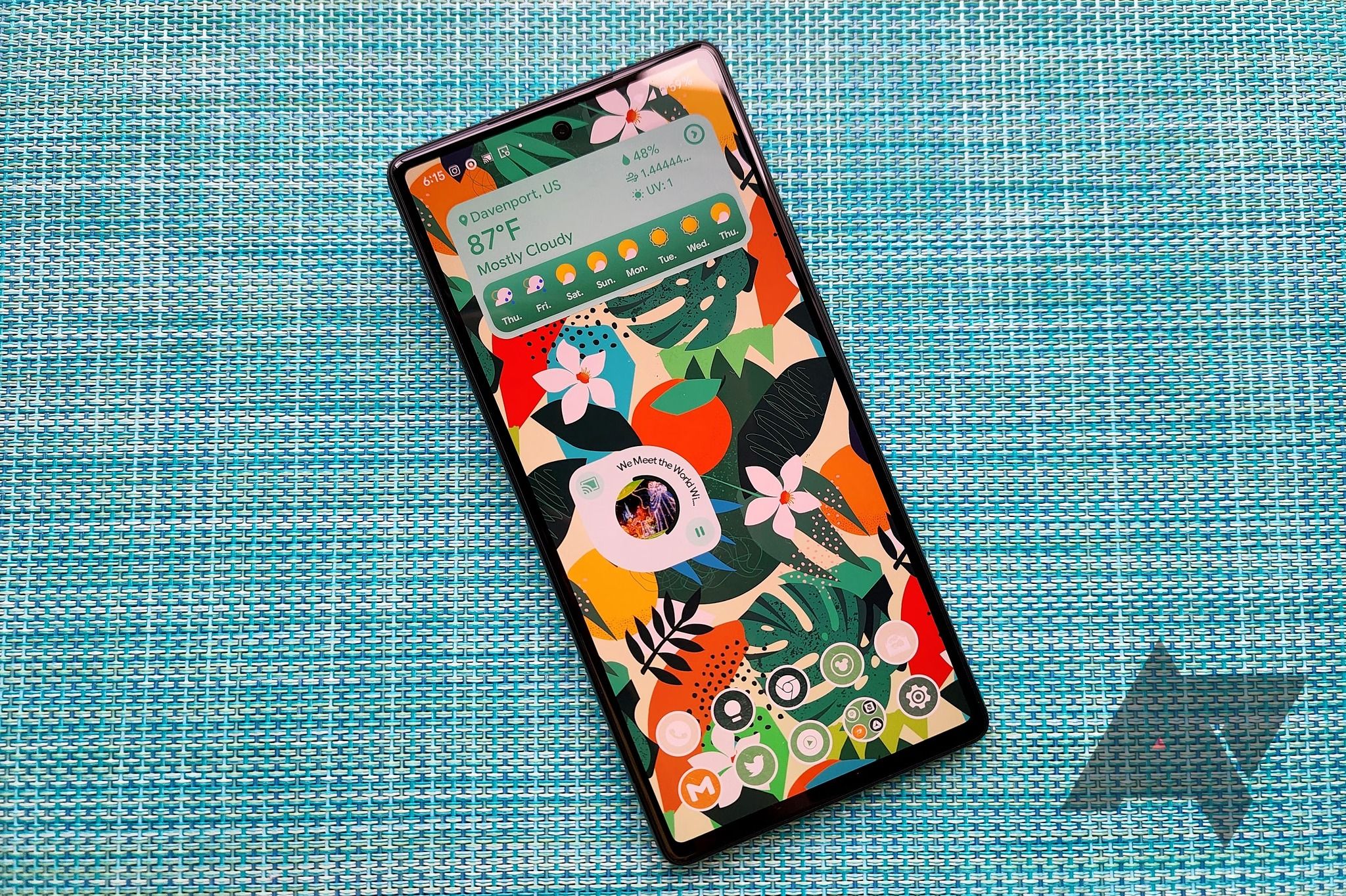Many of the best features of Android 13 are enabled by default, but some are hidden away in menus, waiting to be activated. These new features and changes can affect your daily life, so we recommend changing these Android 13 settings.
We show you how to access and change these new features. Android phones with Android 13 installed have these features, so if you've updated one of the best Samsung phones to One UI 5, you can find and change these new settings.
Change your app language settings
While many popular apps work fine in any language, some are optimized for certain languages, resulting in inaccurate translations. To the joy of multilingual Android users, per-app language options solve this problem. This feature allows you to fine-tune your language settings by allowing individual apps to run in a different language from the rest of your phone.
To enable this setting, go to the App Info page of an app and tap Language.
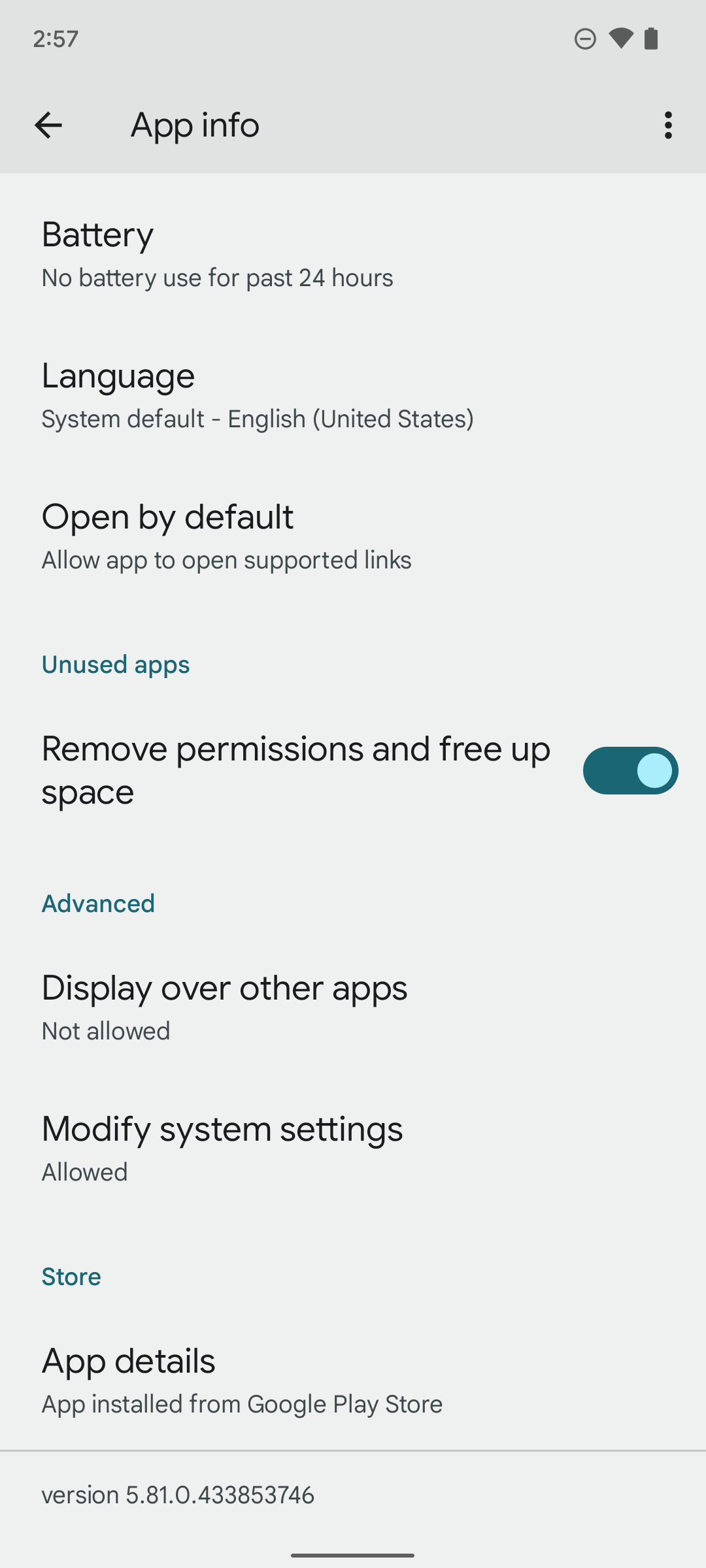
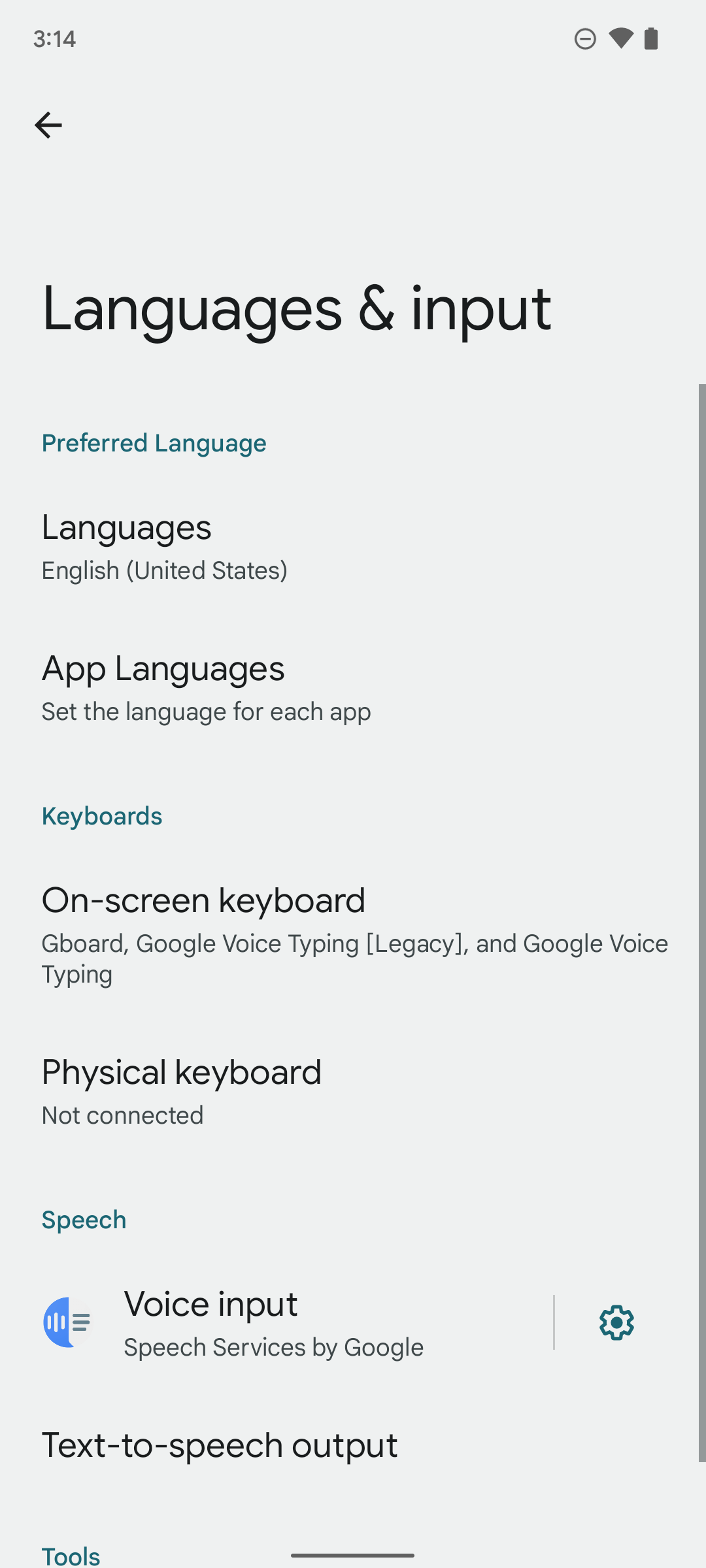
Only apps with the necessary resource files include this feature. The app developer is responsible for providing this file, so it may be some time before your favorite app supports per-app language settings.
Use button navigation to enable Google Assistant
Android shifted toward gesture navigation as the default instead of the three-button navigation bar. However, if you prefer the old setup, Android 13 now lets you activate Google Assistant by long pressing the Home button.
Here's how to enable this setting:
- Open Settings.
-
Enter "3-button navigation" in the search bar.
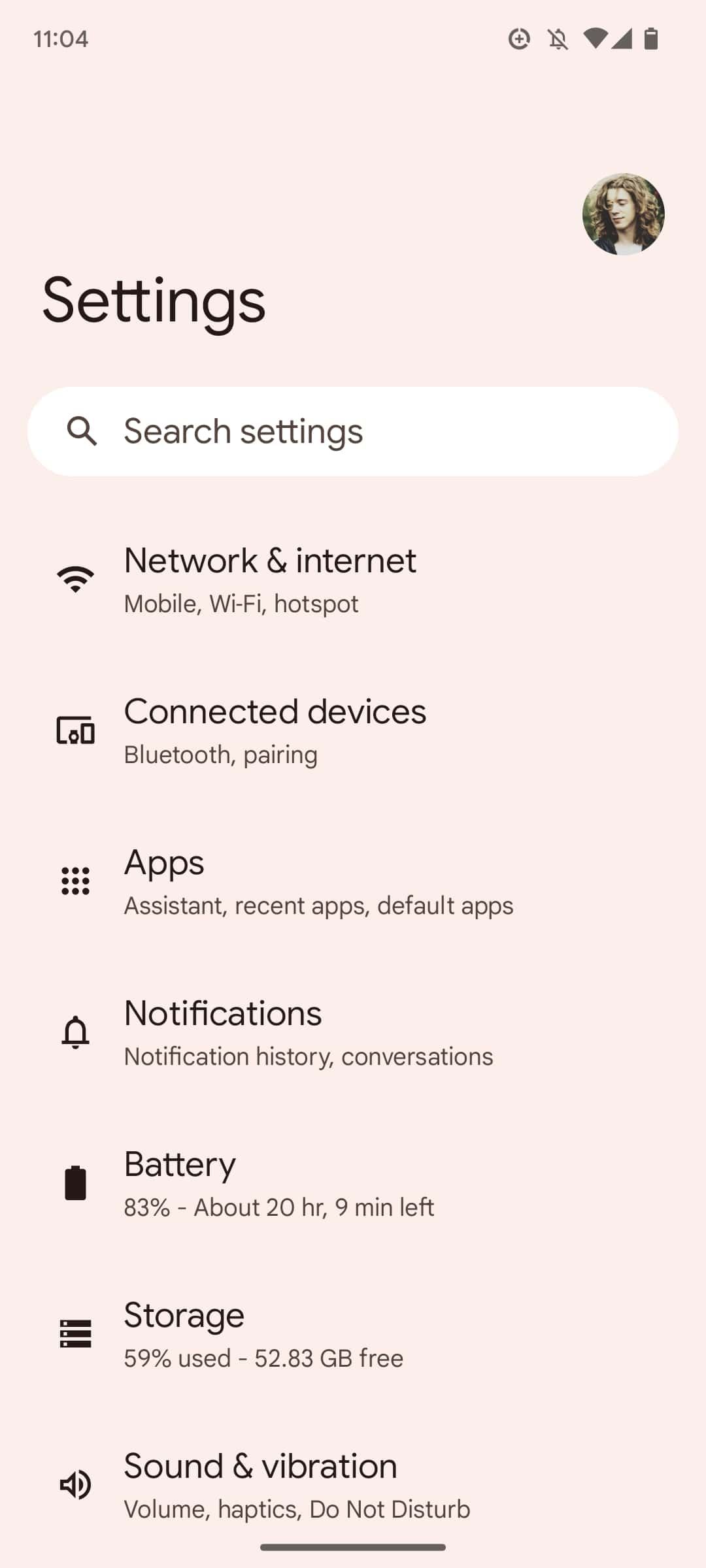
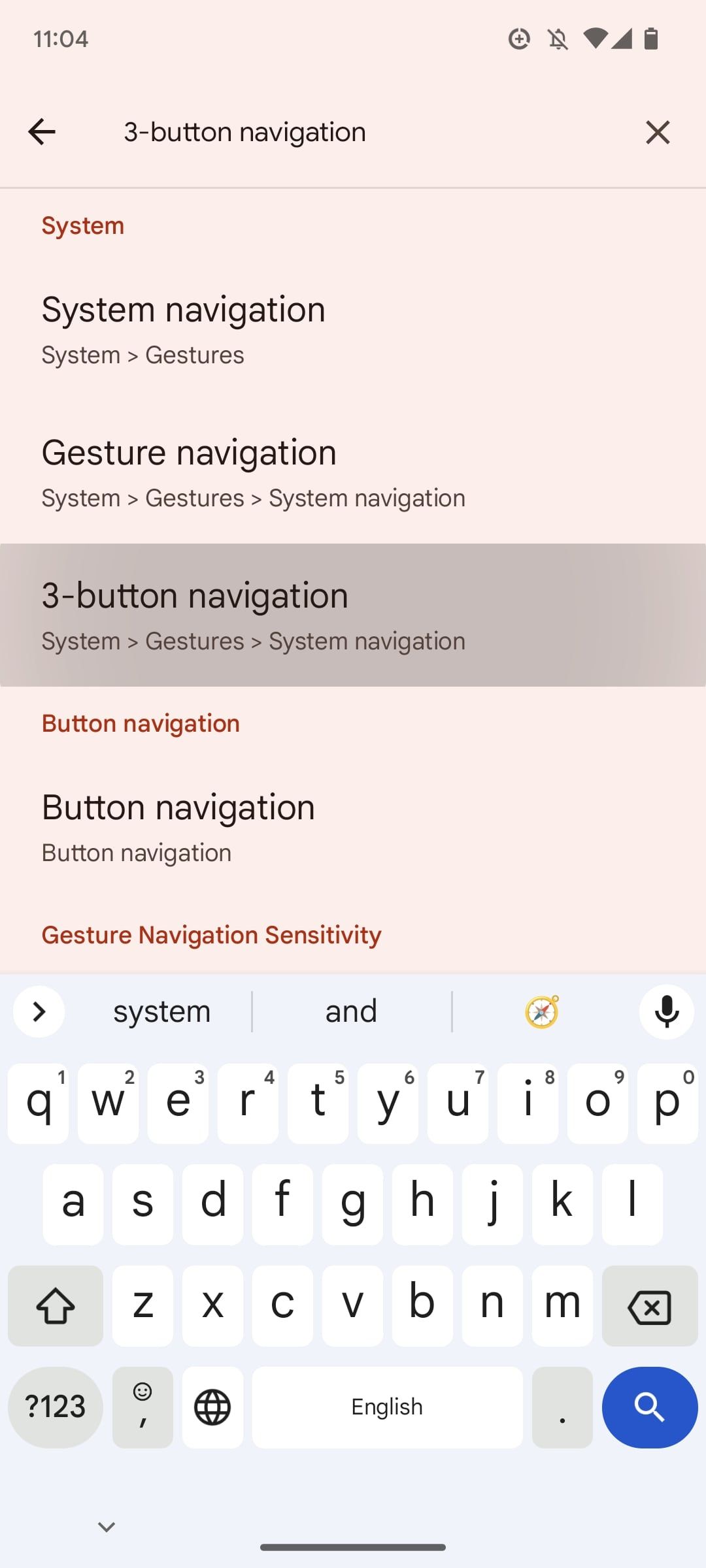
- Tap the Settings button next to the 3-button navigation option.
-
Toggle the Hold Home for Assistant slider to the on position.
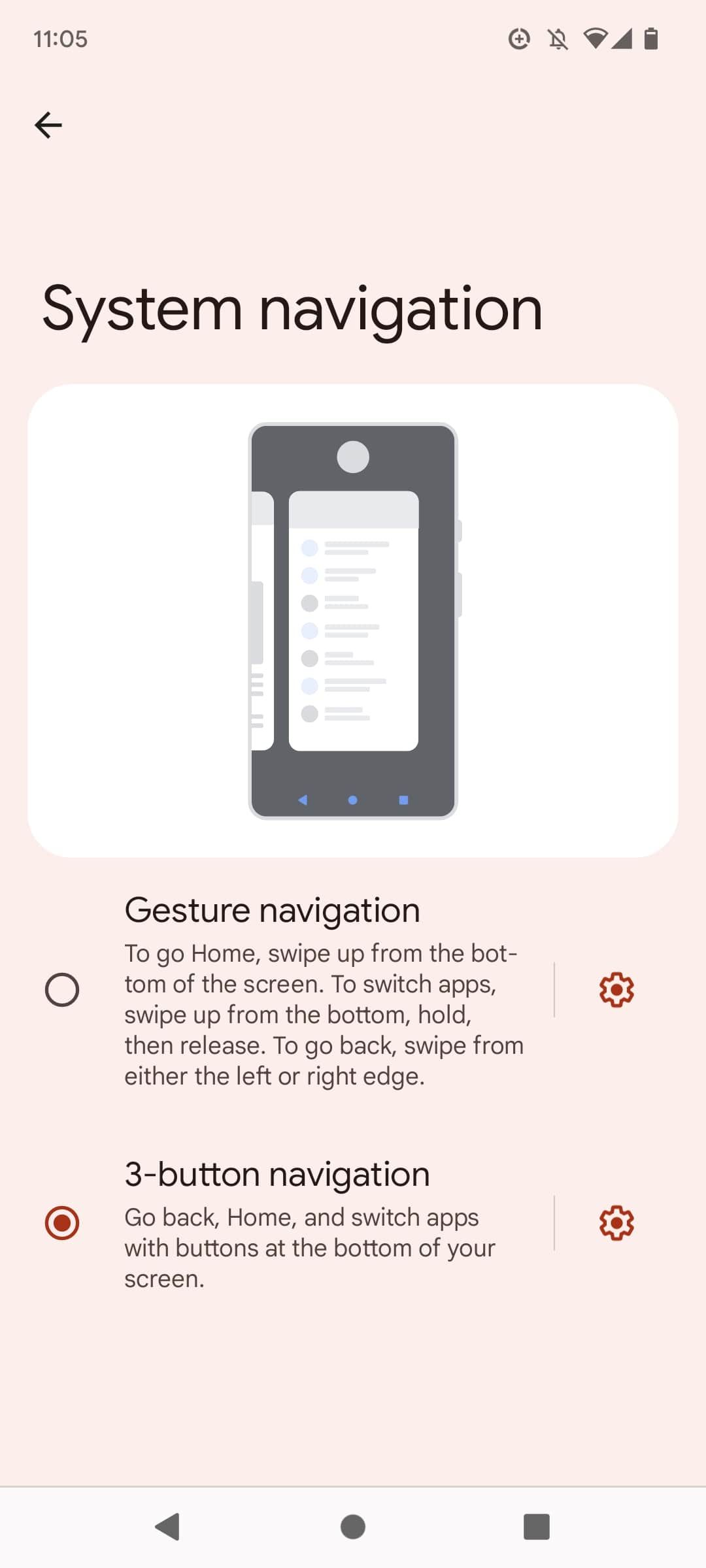
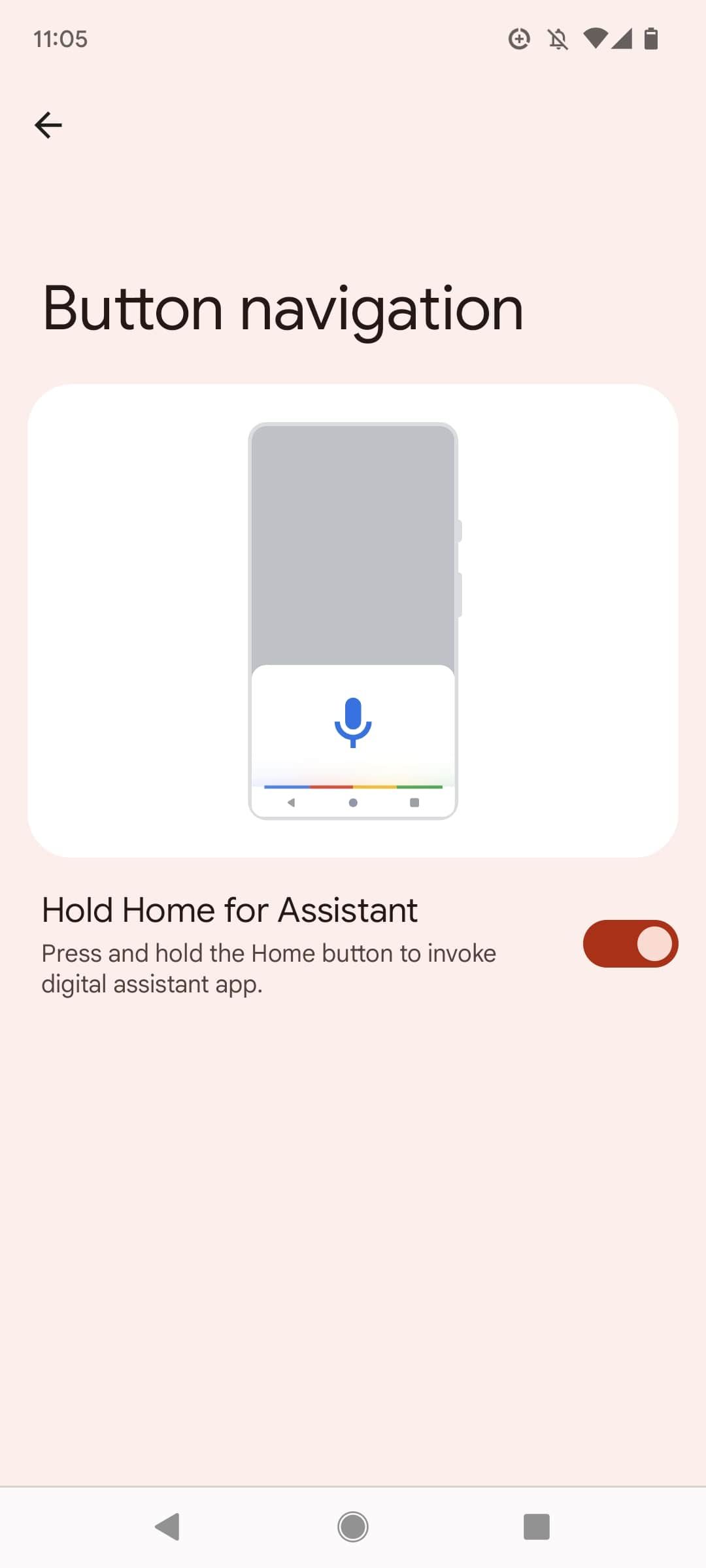
Disable the lock screen's double-line clock
Android 12 changed the lock screen's clock to an enormous double-line display when there were no notifications to display, obscuring your lock screen. Android 13 introduced a setting to tuck it nicely in the upper-left corner of your screen. It's the same size and location as if you had a notification on your screen.
- Open Settings.
- Enter "double-line clock" in the search bar.
-
In the search results, toggle the Double-line clock slider to the off position.
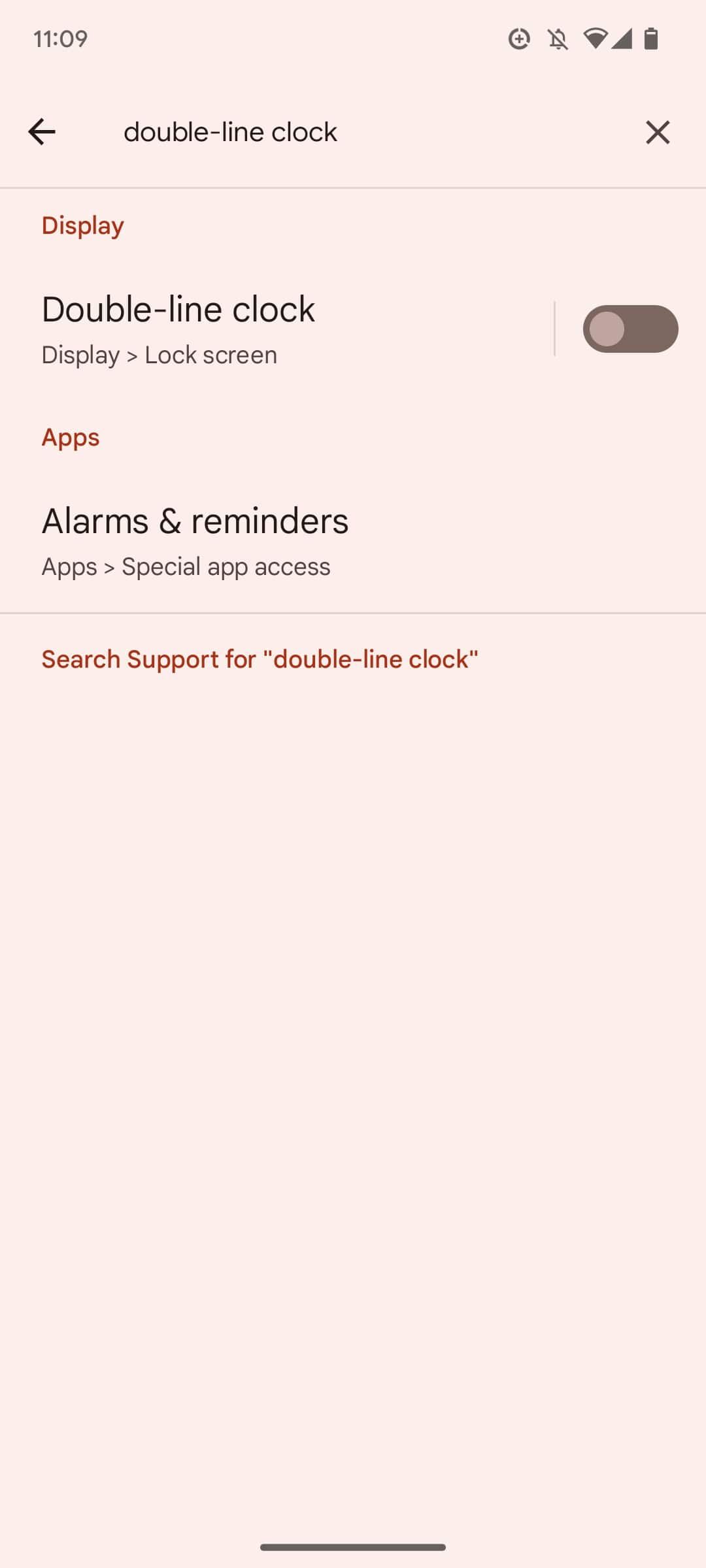
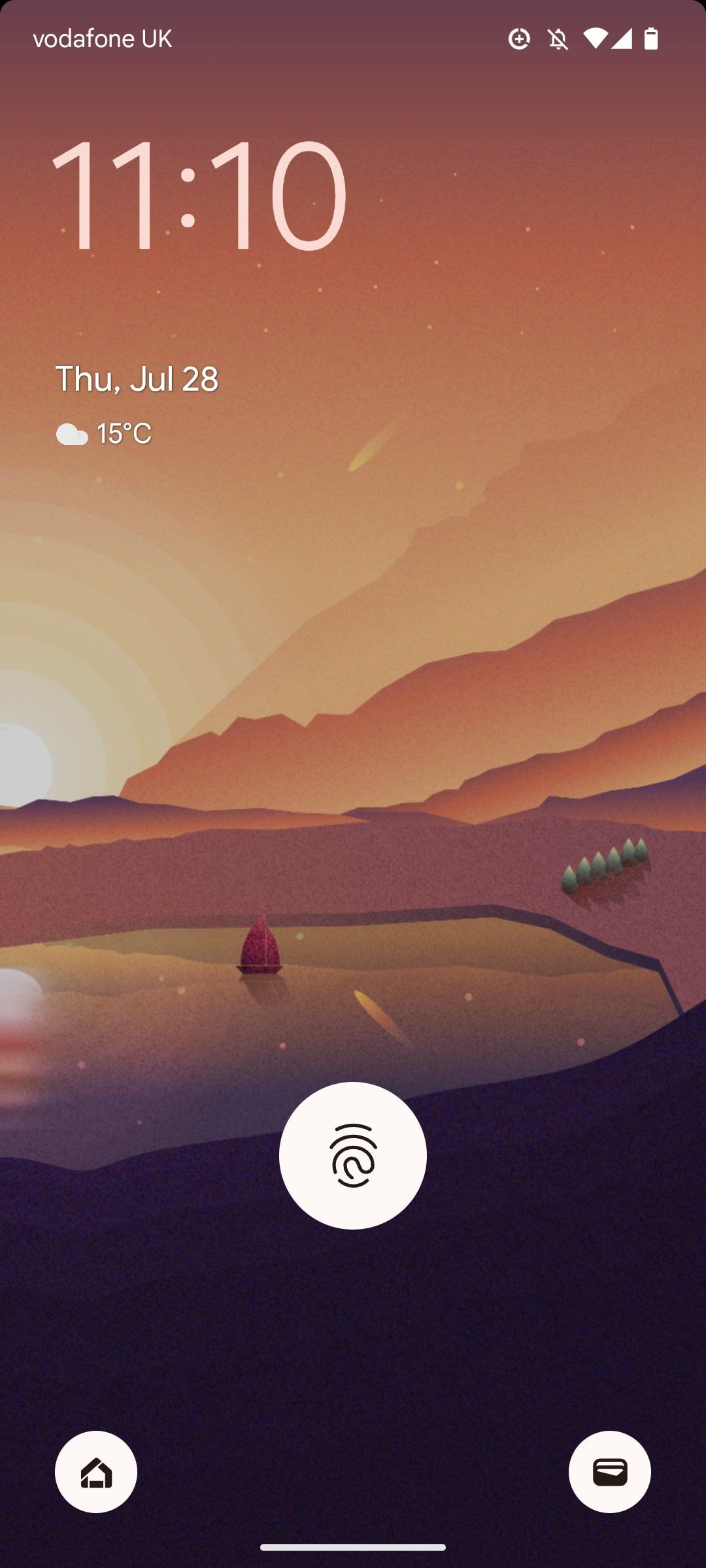
Control smart home devices without unlocking your phone
Android 13 removes the need to unlock your phone to use your smart home devices. When your phone is locked, you can tap the Google Home icon in the lower-left corner of your screen to access your devices.
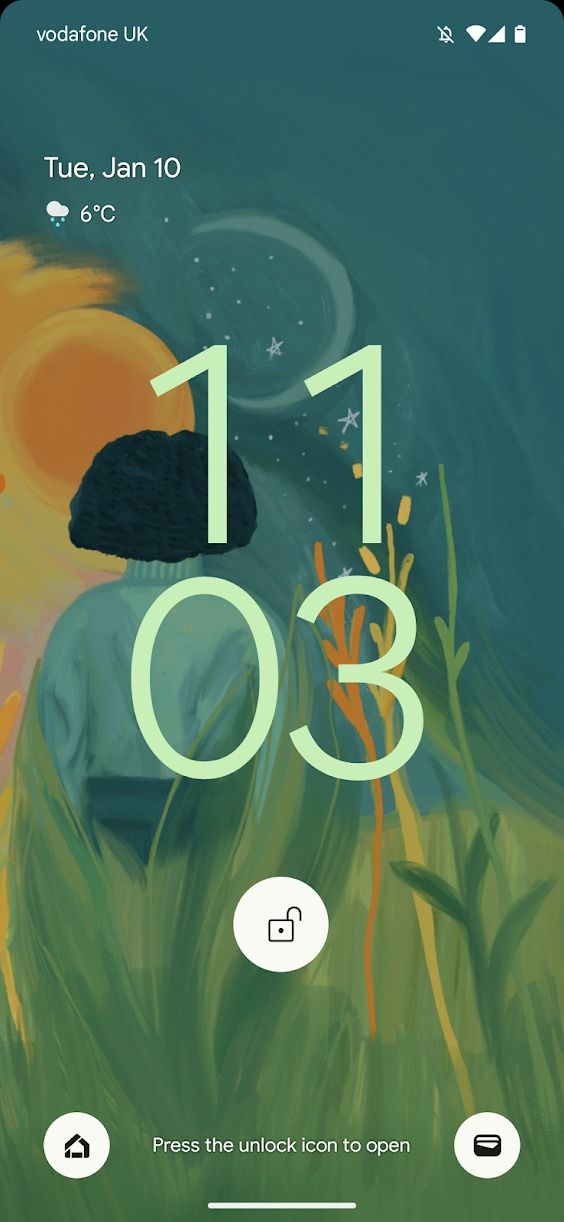
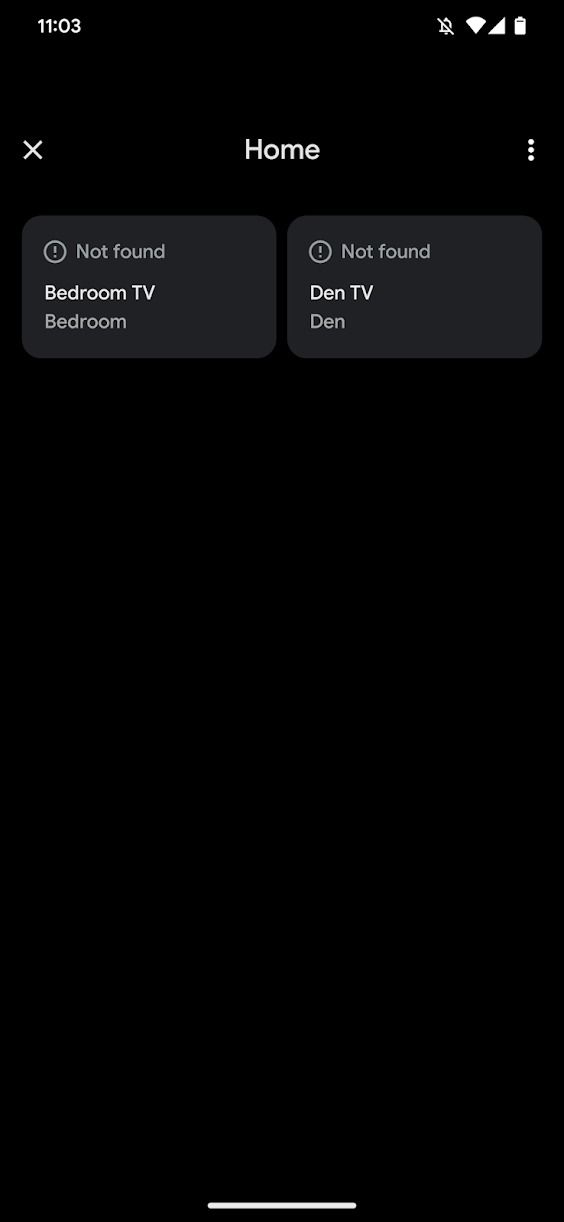
It's off by default, so go to your Settings menu to enable it.
- Open Settings.
- Enter "Control from locked device" in the search bar.
-
In the search results, toggle the Control from locked device slider to the on position.

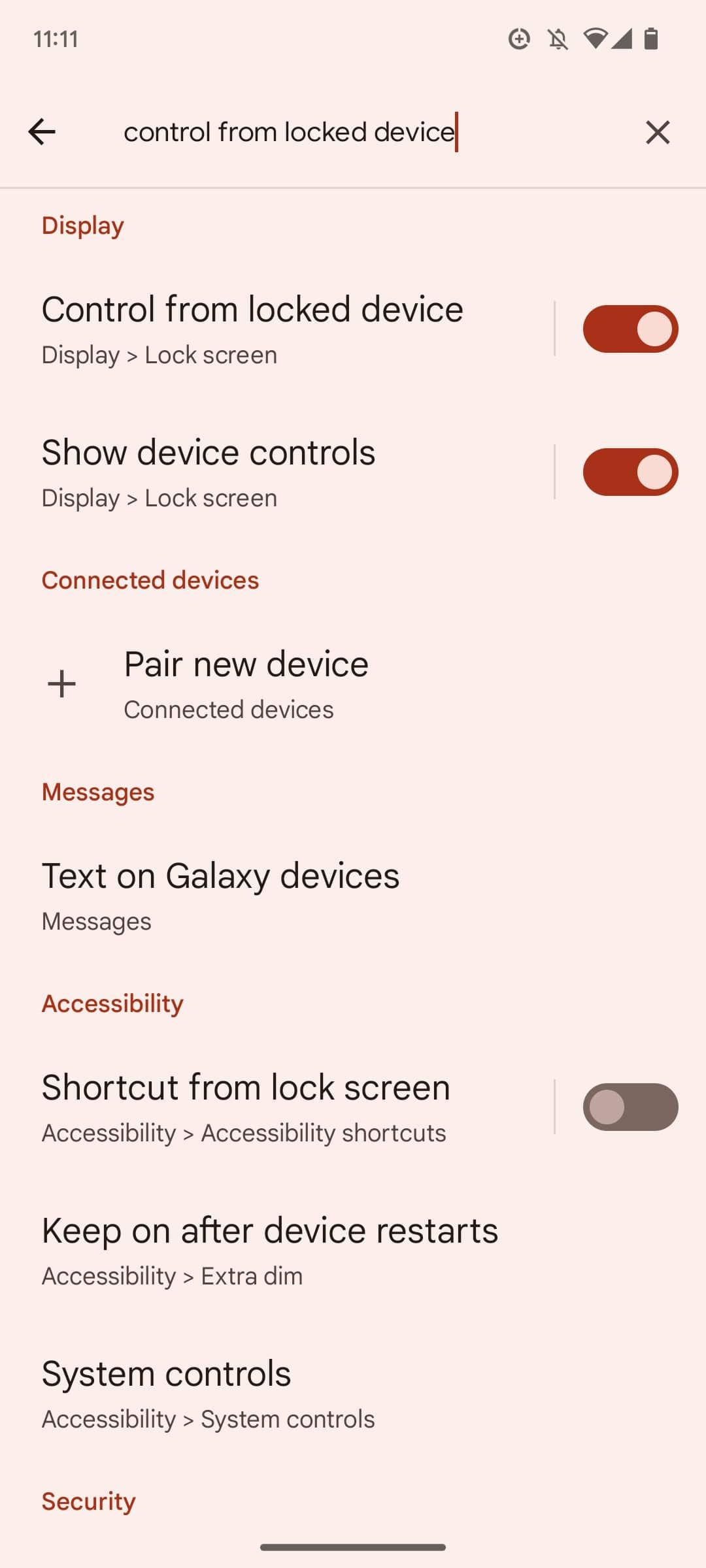
Just like per-app language settings, this feature requires app support to function. It may be some time before your smart home app supports this feature.
Enable Dark mode at bedtime
Android's Dark theme could previously be scheduled to turn on at a custom time or at sunset, and Android 13 adds functionality to schedule it for a custom bedtime as set in the Digital Wellbeing app.
- Open Settings.
- Enter "Dark theme" in the search bar.
- Tap Schedule in the search results.
- Tap Schedule in the Dark theme menu.
-
Tap Turns on at bedtime in the pop-up menu.
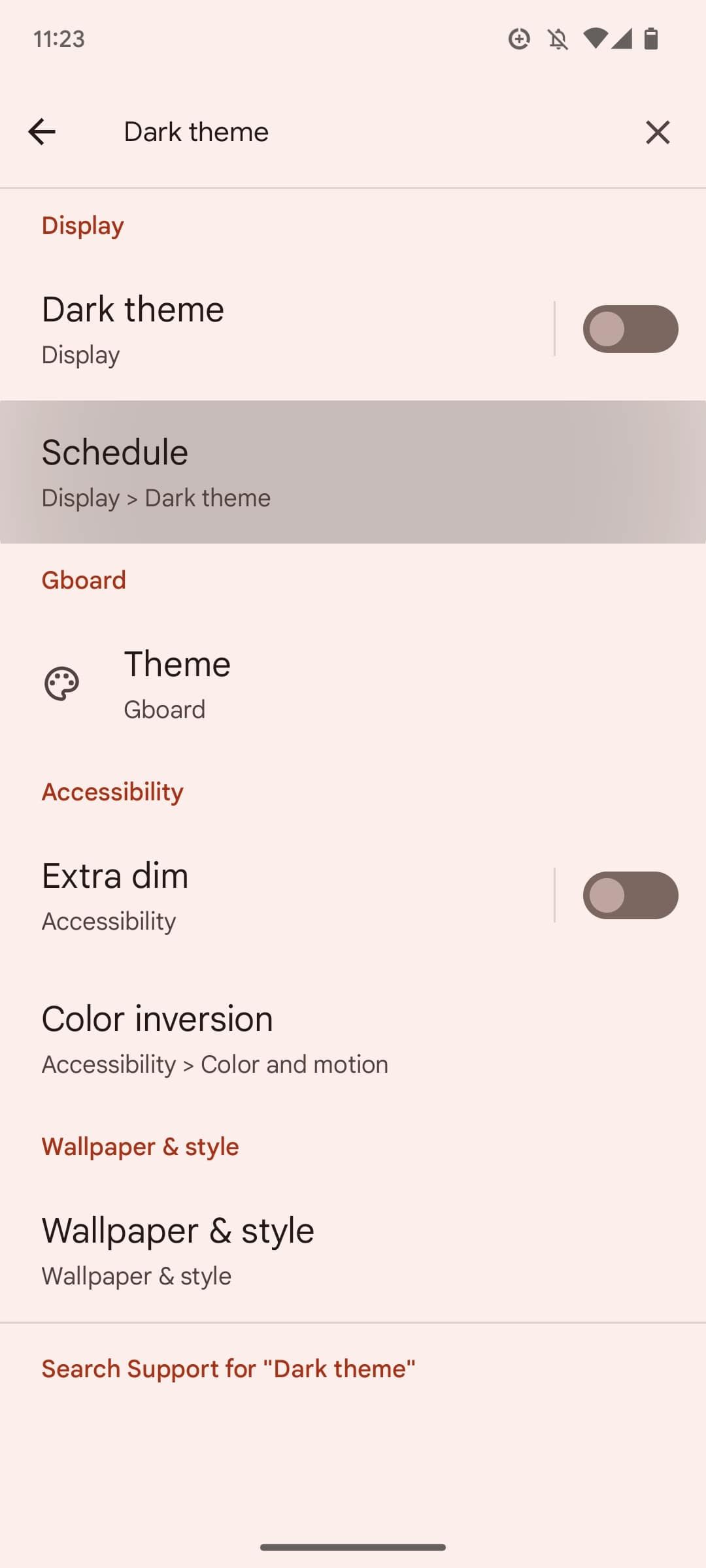
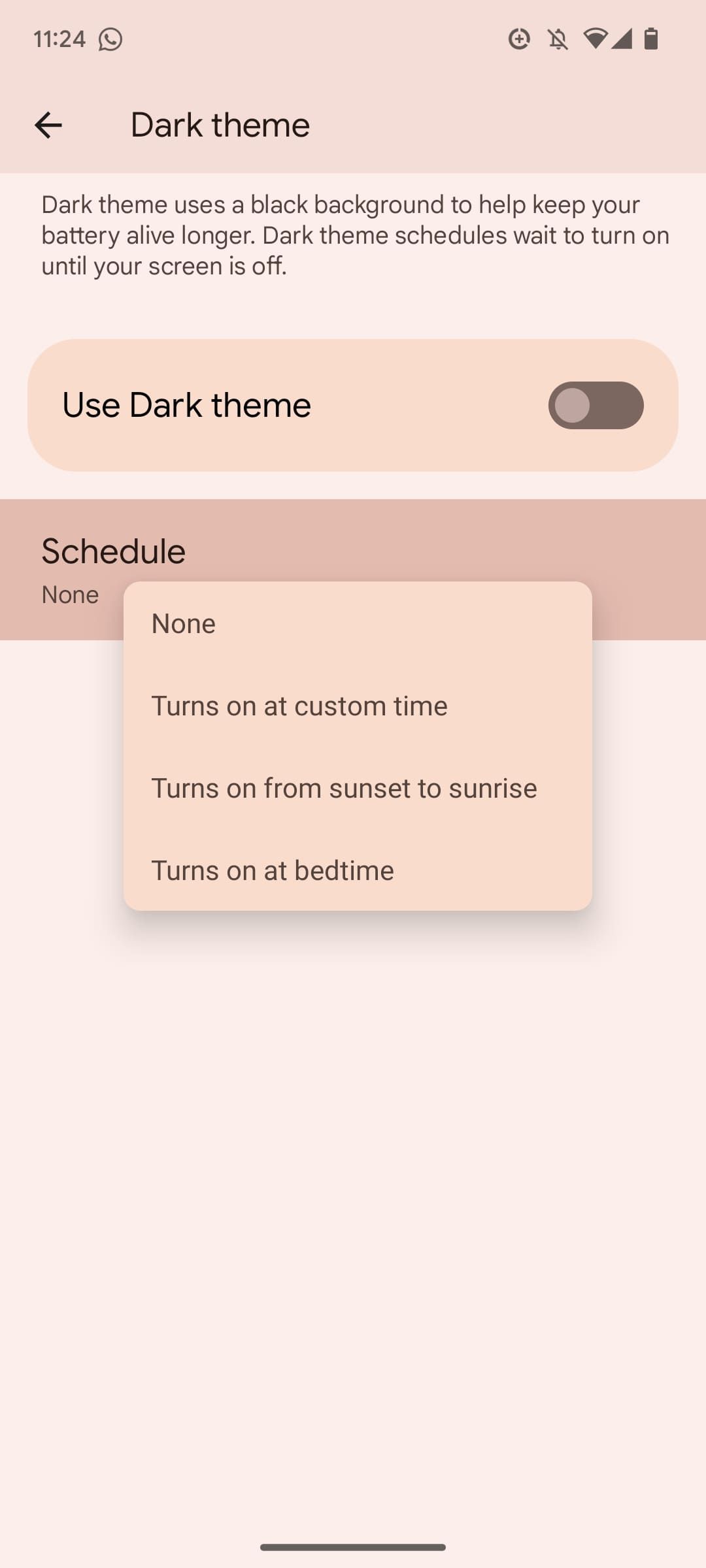
Update your vibration intensity
Depending on your phone, its vibration setting may be too loud or too quiet. In Android 13, you can change the vibration intensity for notifications, alarms, and media.
- Open Settings.
- Enter "Use vibration & haptics" in the search bar.
- Tap Use vibration & haptics in the search results.
- Move the Alarm vibration slider to change the intensity of your notifications and alarms.
-
Move the Media vibration slider to change the intensity of your media.
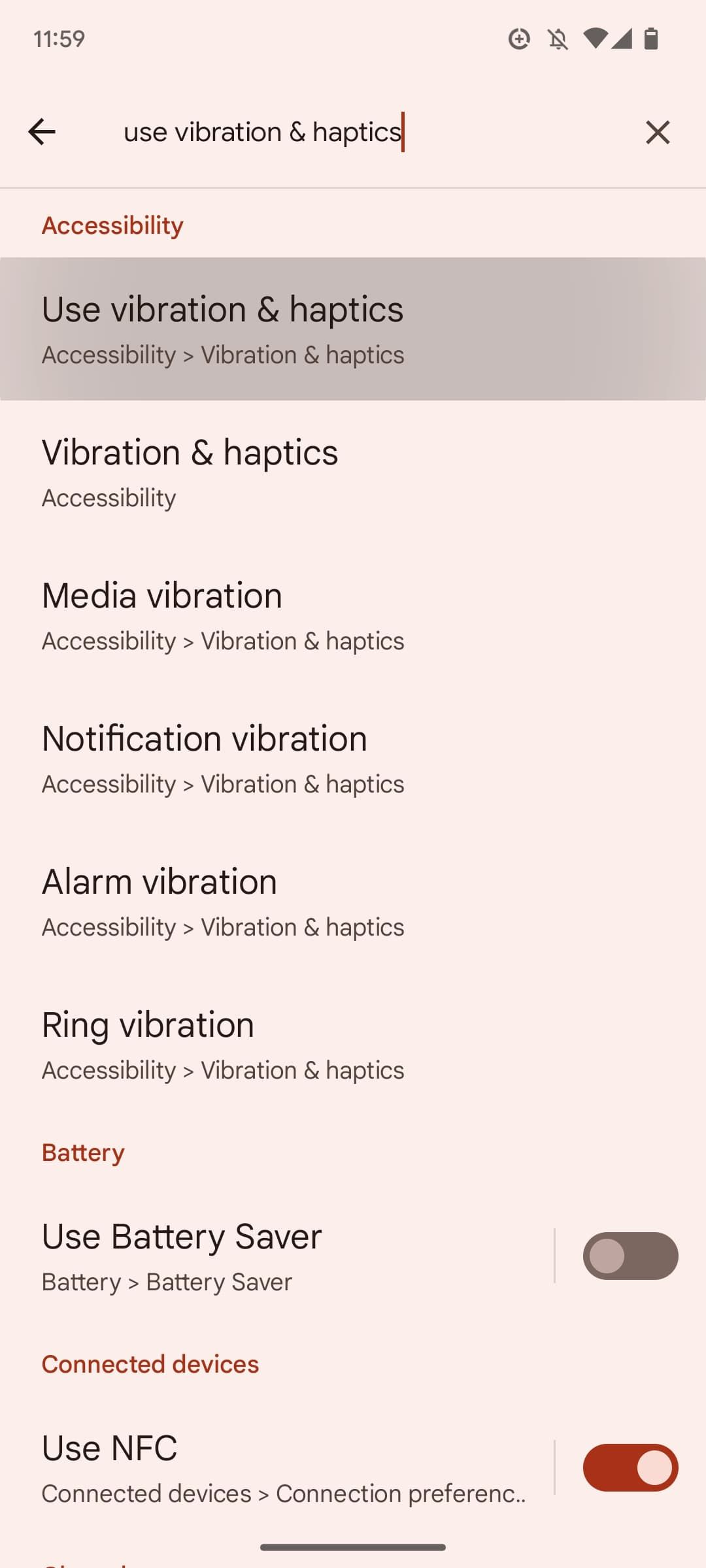
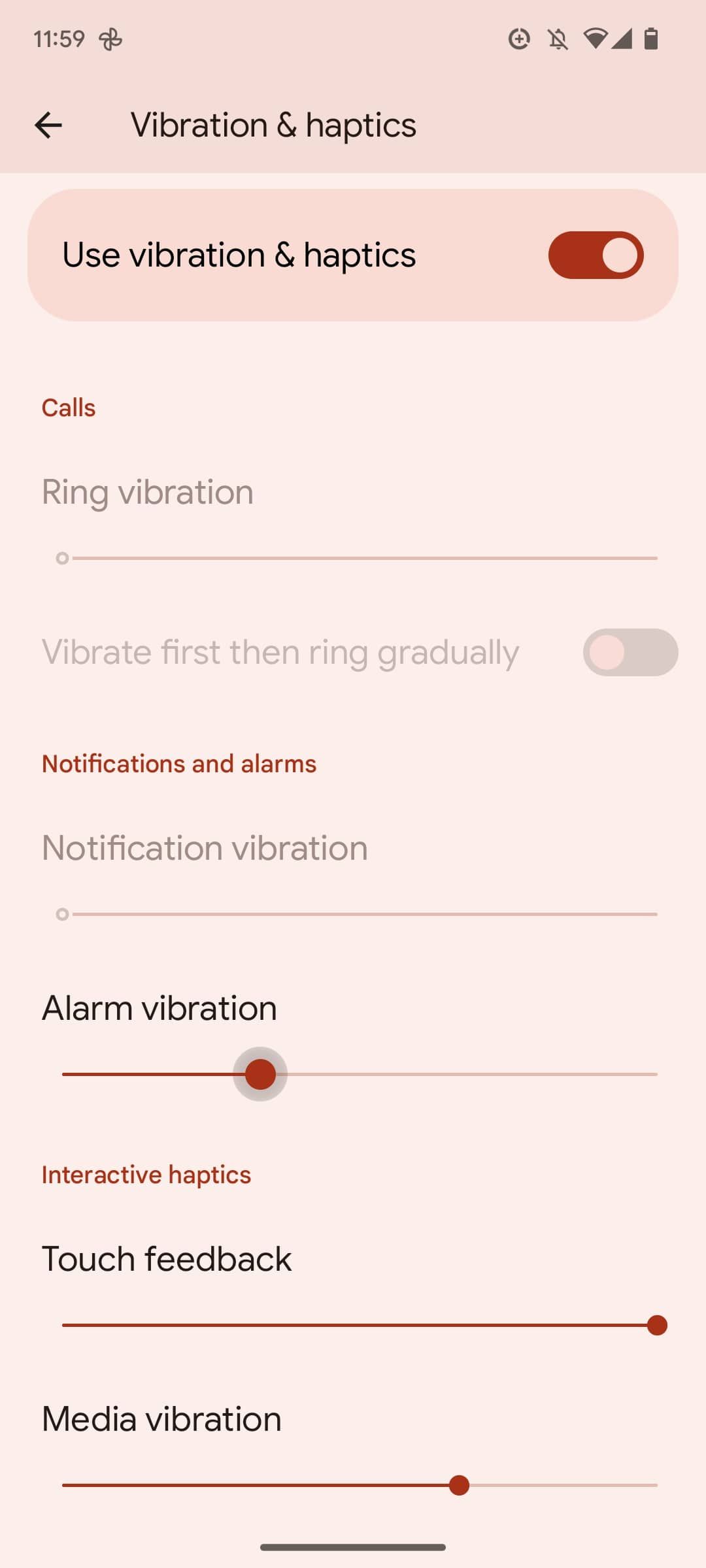
Enable the QR code Quick Settings tile
Scanning a QR code can be done through your camera app, but a new quick setting tile allows you to open a scanner with a swipe and a tap. This scanner is also faster than the camera app. This dedicated scanner is so fast you may miss the scanner UI.
If you've added a Quick Setting tile before, follow the same steps to add the QR Code scanner tile. For those unfamiliar with adding Quick Settings tiles, here's how to add them:
- Swipe down twice from the top of your screen.
- Tap the pencil icon underneath your Quick Settings tiles.
- Scroll down to find the Scan QR code tile.
-
Tap and hold to drag the tile into the top section.
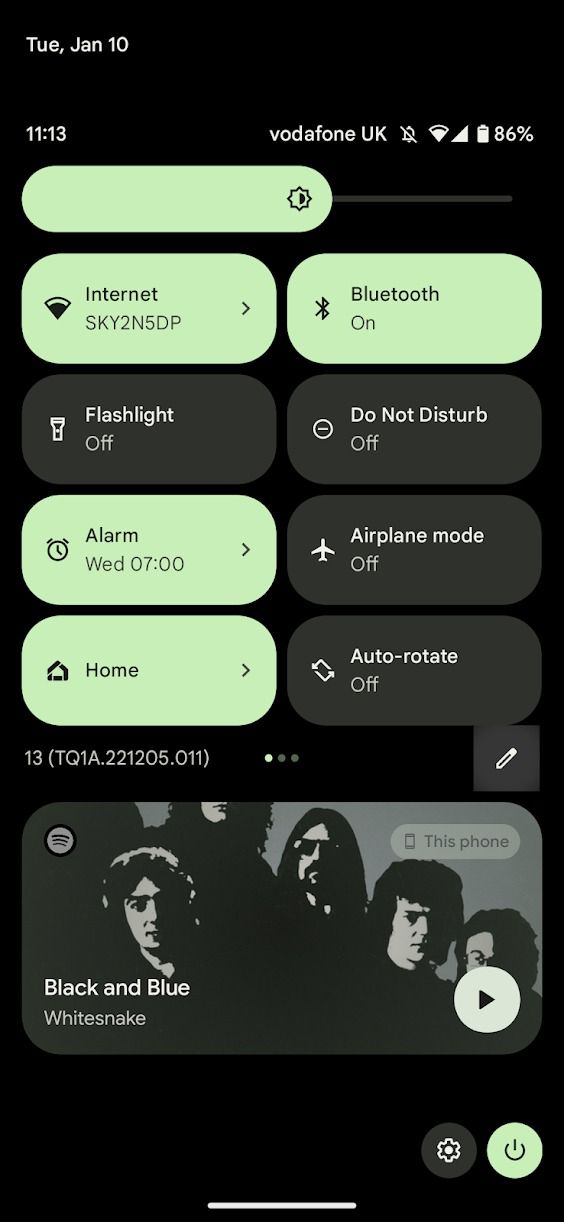
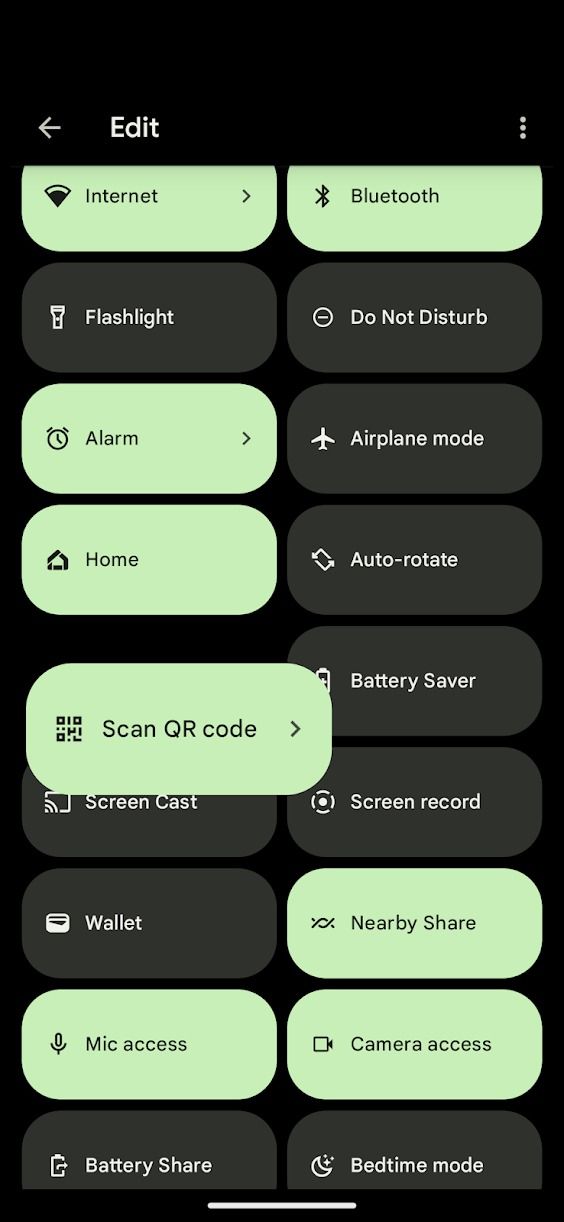
-
Close the window.
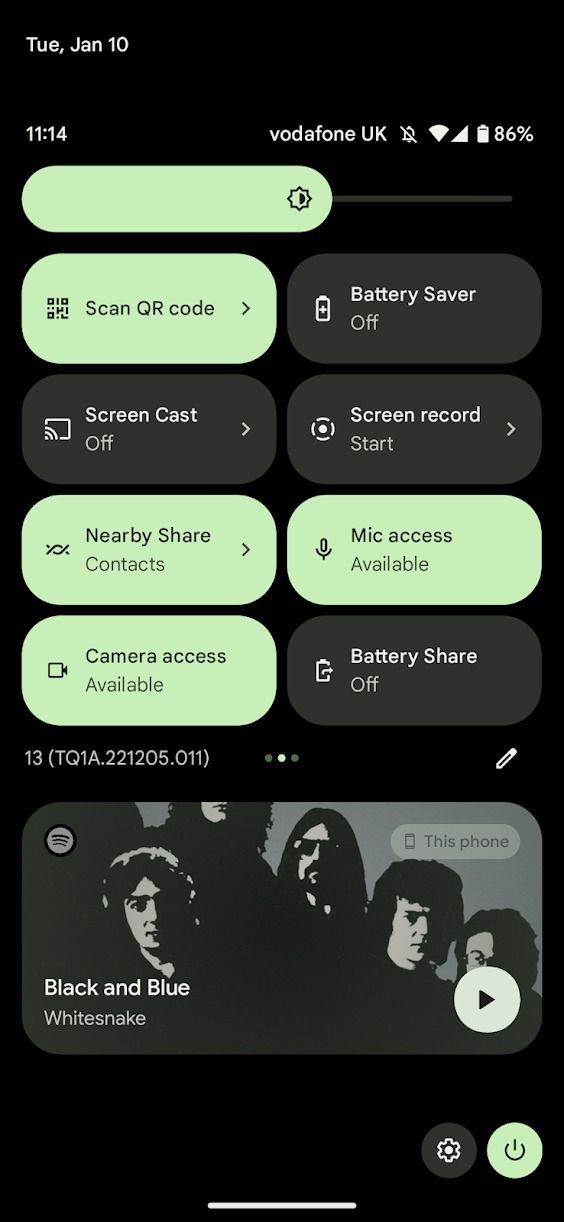
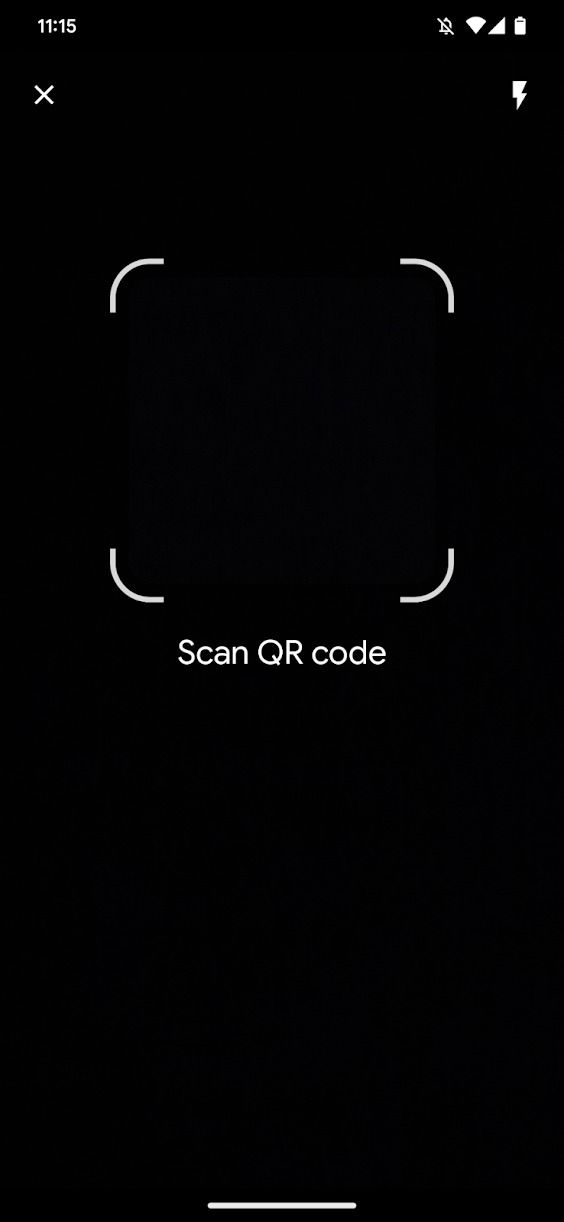
Enable the flashlight with the Quick Tap gesture
Quick Tap gesture lets you take a screenshot, access Google Assistant, play and pause media, check recent apps, or open a specific app on your Android phone. With Android 13, you can enable or disable your phone's flashlight by tapping twice on the back.
- Open Settings.
- Scroll to System.
-
Select Gestures.
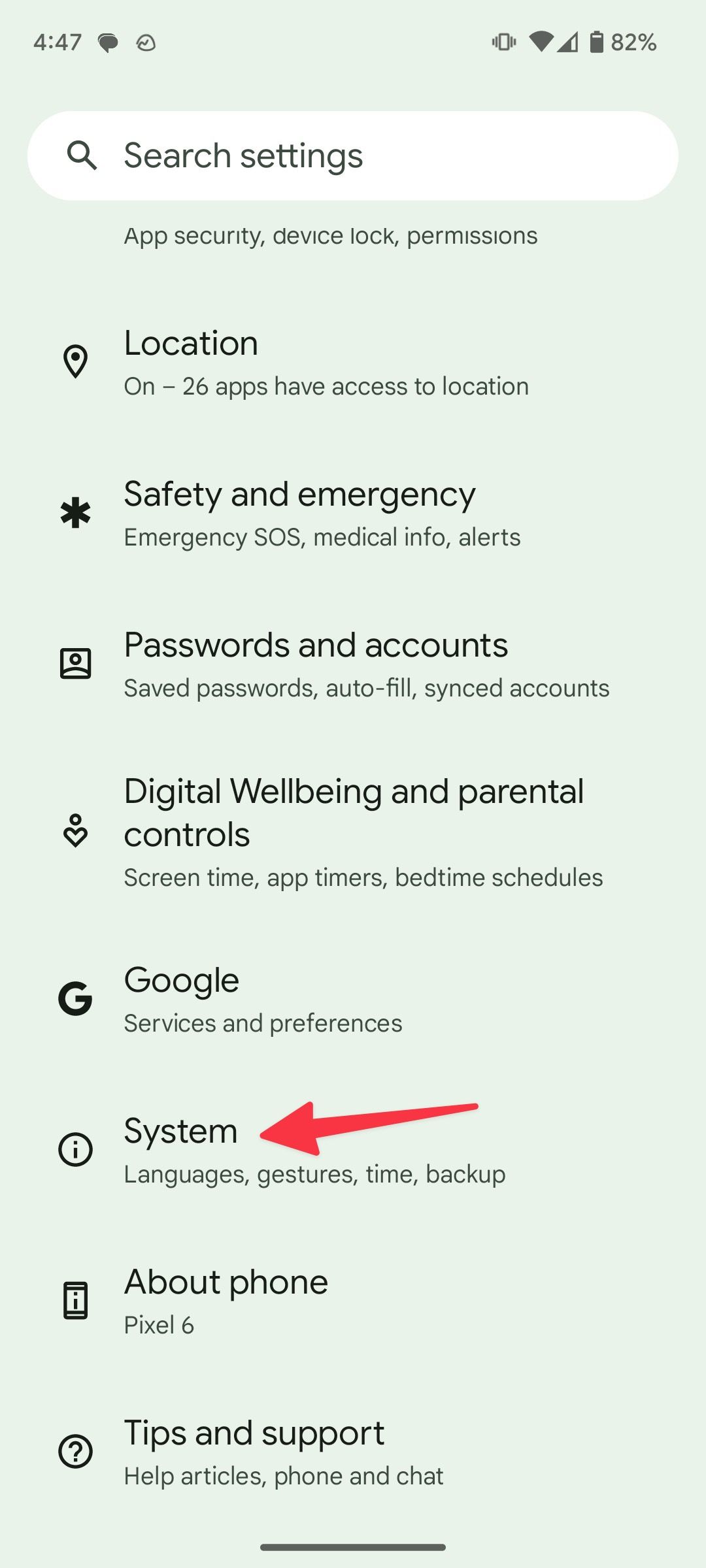
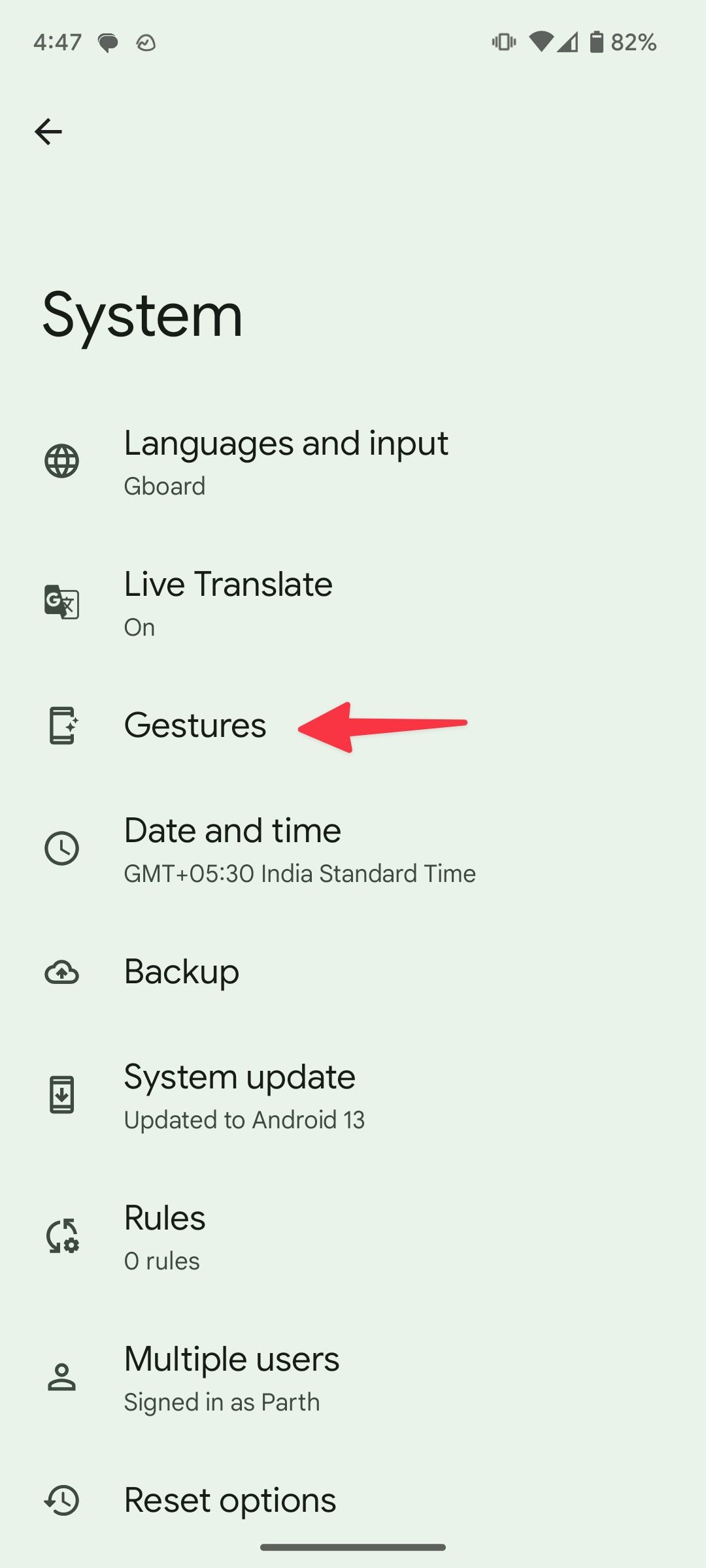
- Select Quick Tap to start actions.
-
Turn on Use Quick Tap and tap the radio button beside the Toggle torch.
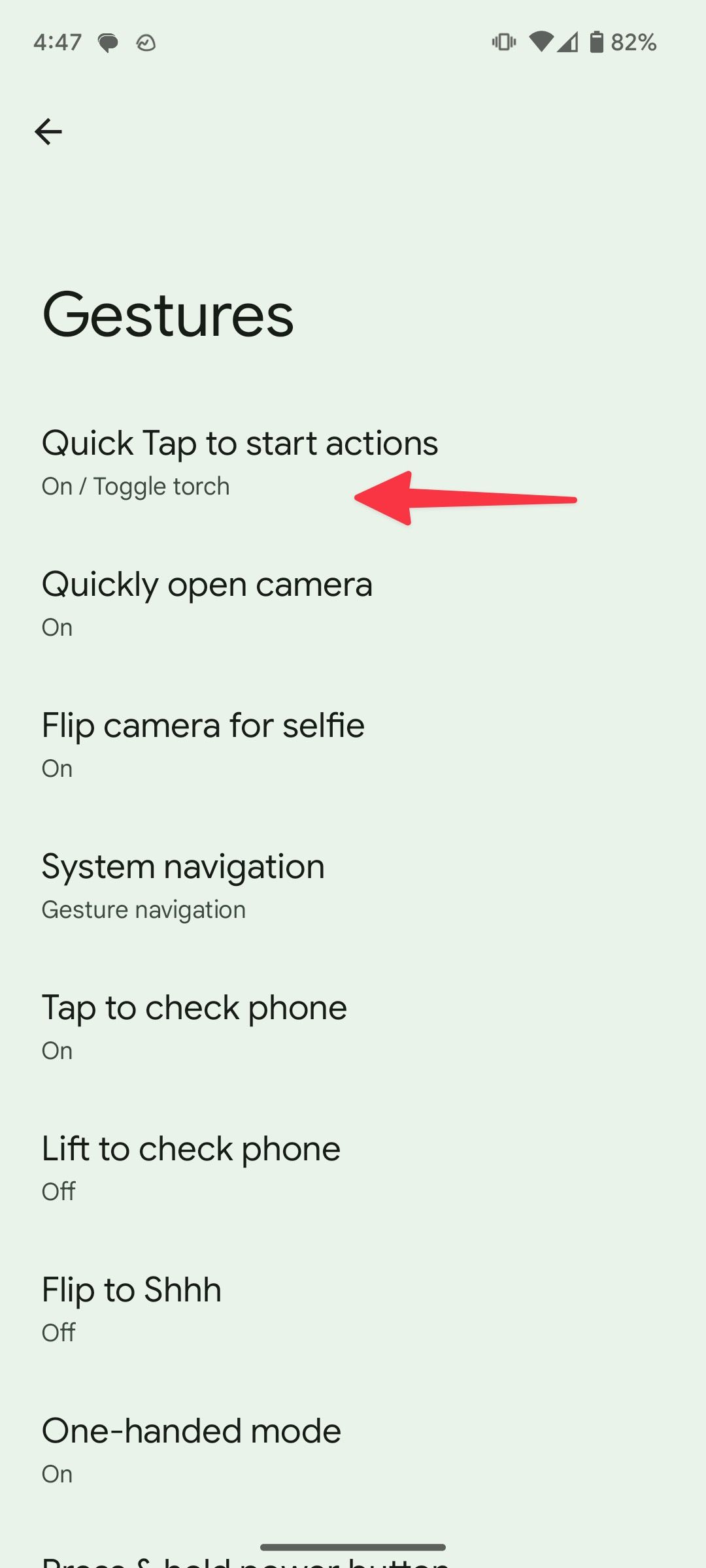
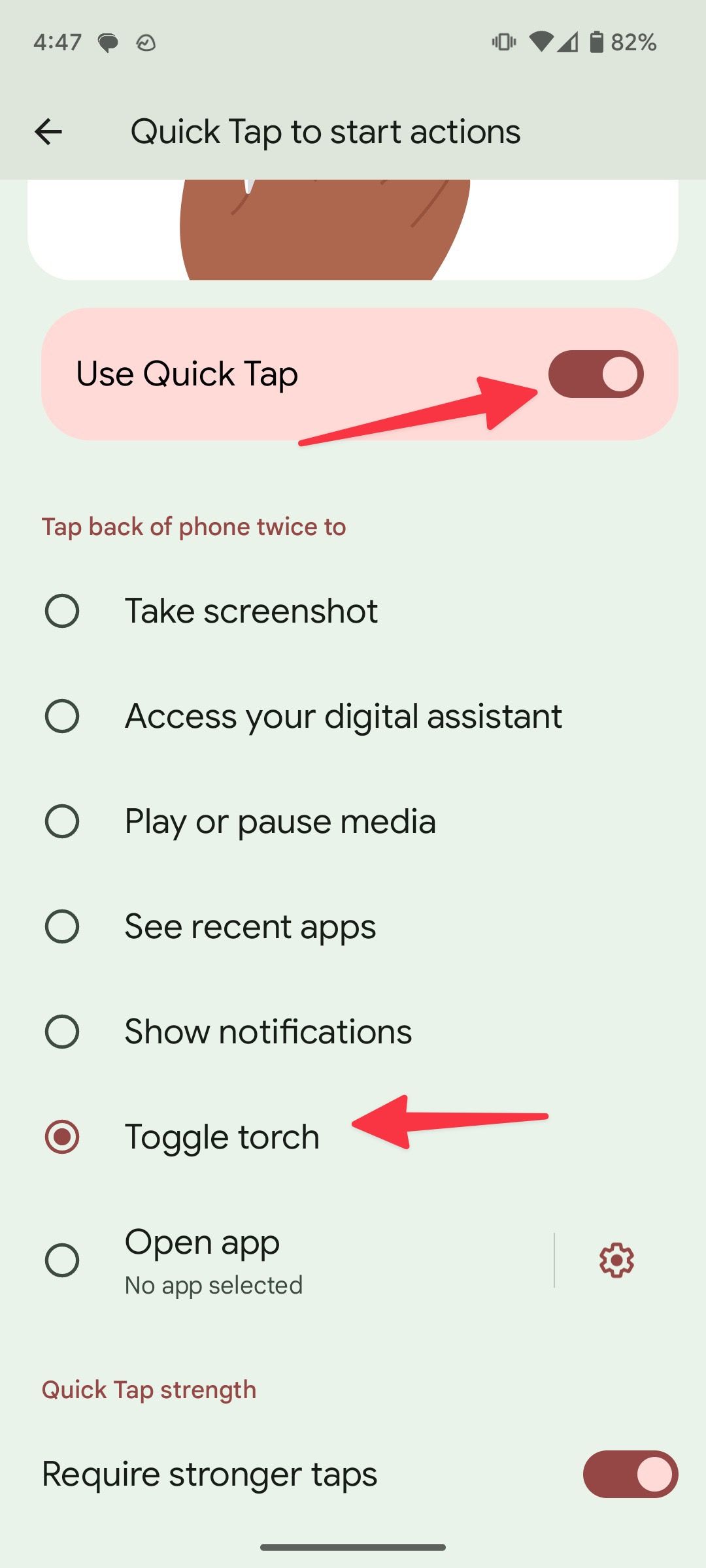
If you frequently enable a flashlight with a double-tap gesture, enable the Require stronger taps option from the same menu.
Check the flashlight status on the Glance widget
If you enable the torch on your phone and forget to turn it off, it may drain your phone's battery in no time. There's an option to check the torch status from the At a Glance widget. Here's what you need to do.
- Long-tap the At a Glance widget and select Customize.
-
Tap the settings gear beside At a Glance.
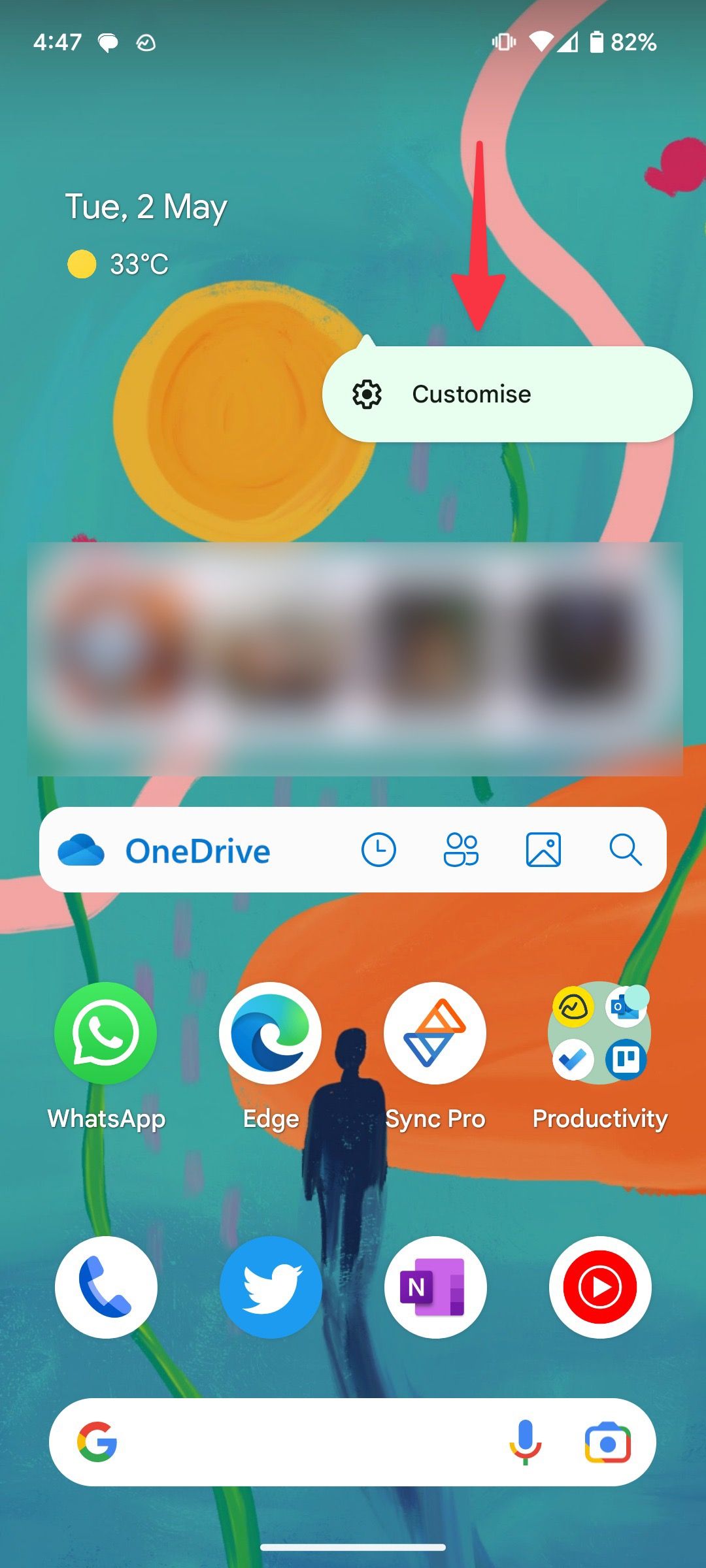
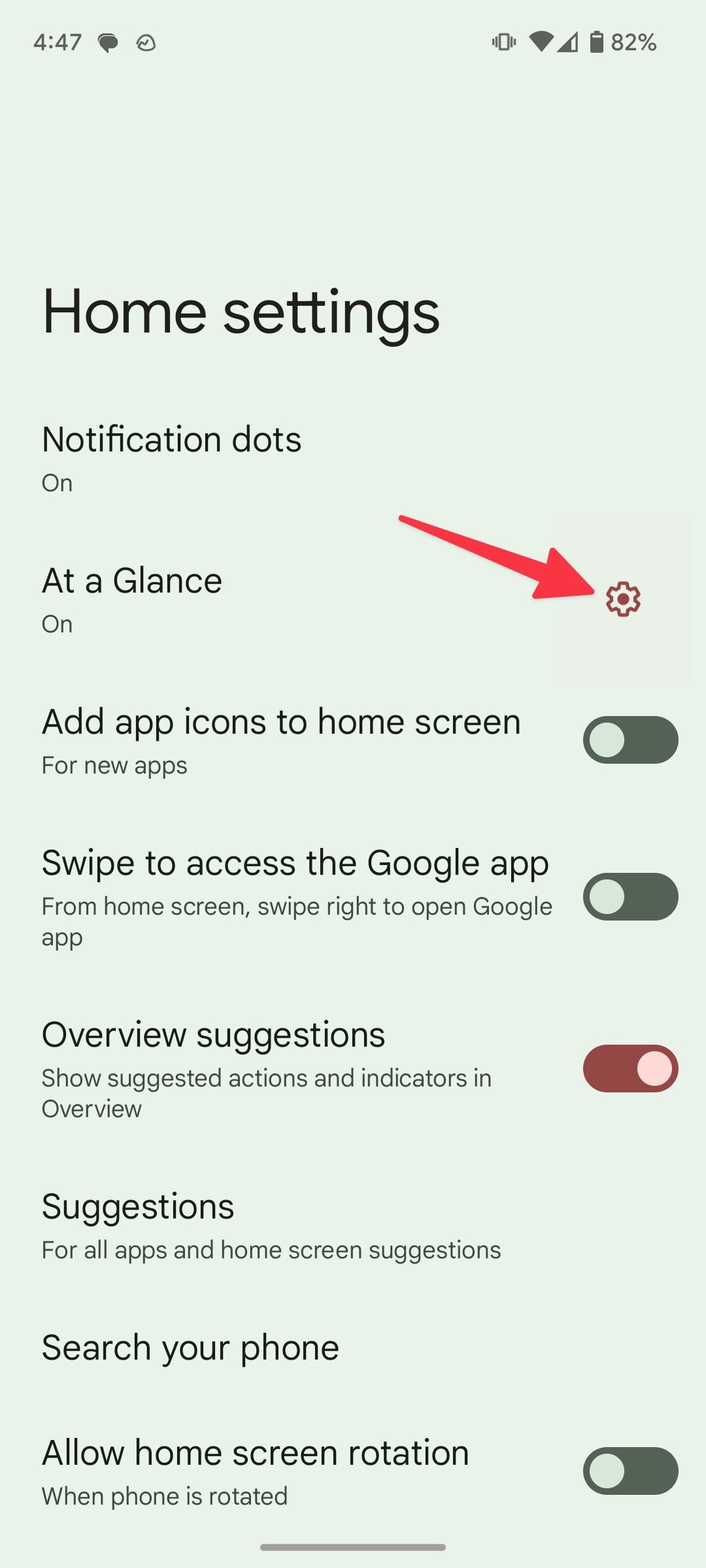
-
Enable the Torch toggle. It reminds you when torch is on.
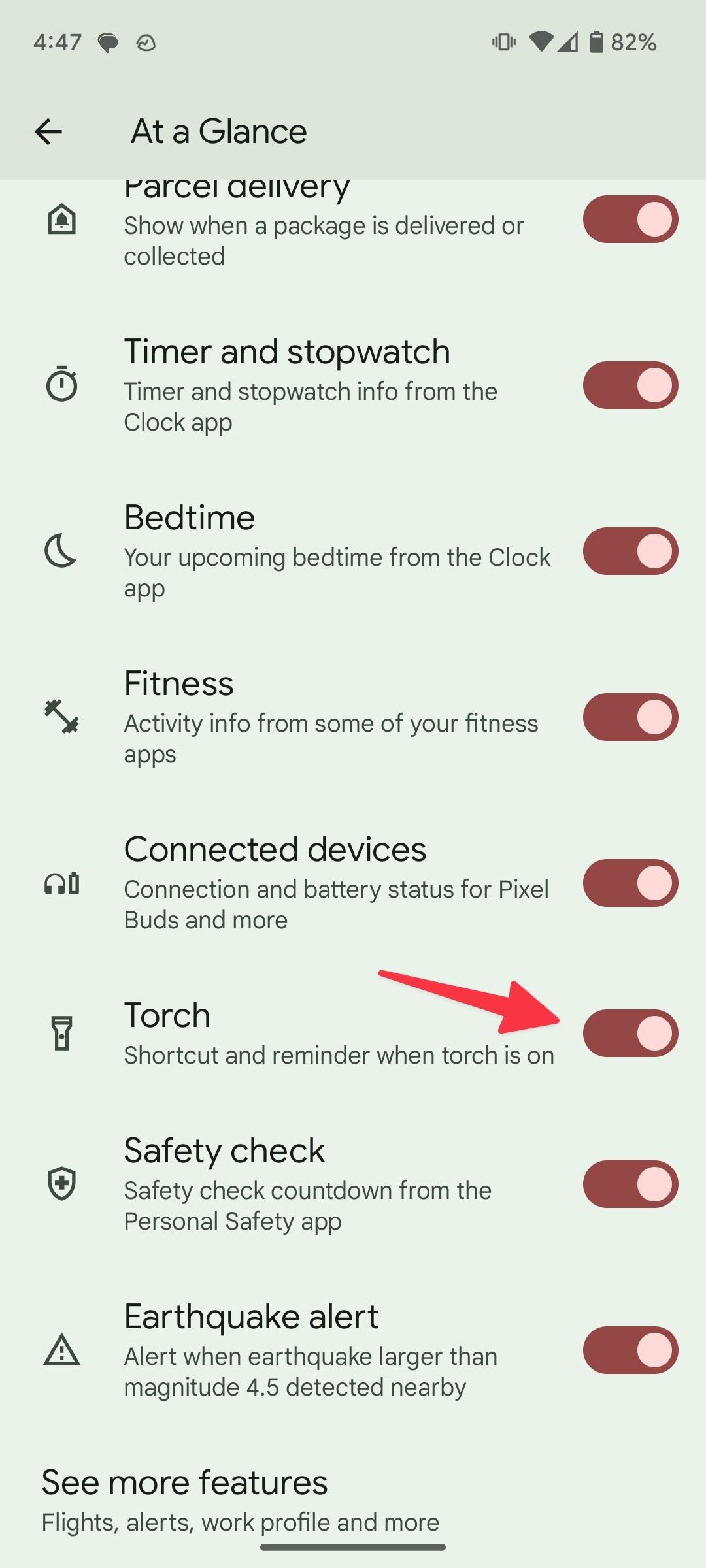
Enable one-handed mode Quick Setting tile
You can now enable or disable one-handed mode from the quick toggles menu. Your phone's one-handed mode is just a swipe away from the homescreen.
- Swipe down from the homescreen and check the Quick Setting tiles.
- Tap the pencil icon at the bottom.
-
Drag and drop the One-handed mode menu at the top.
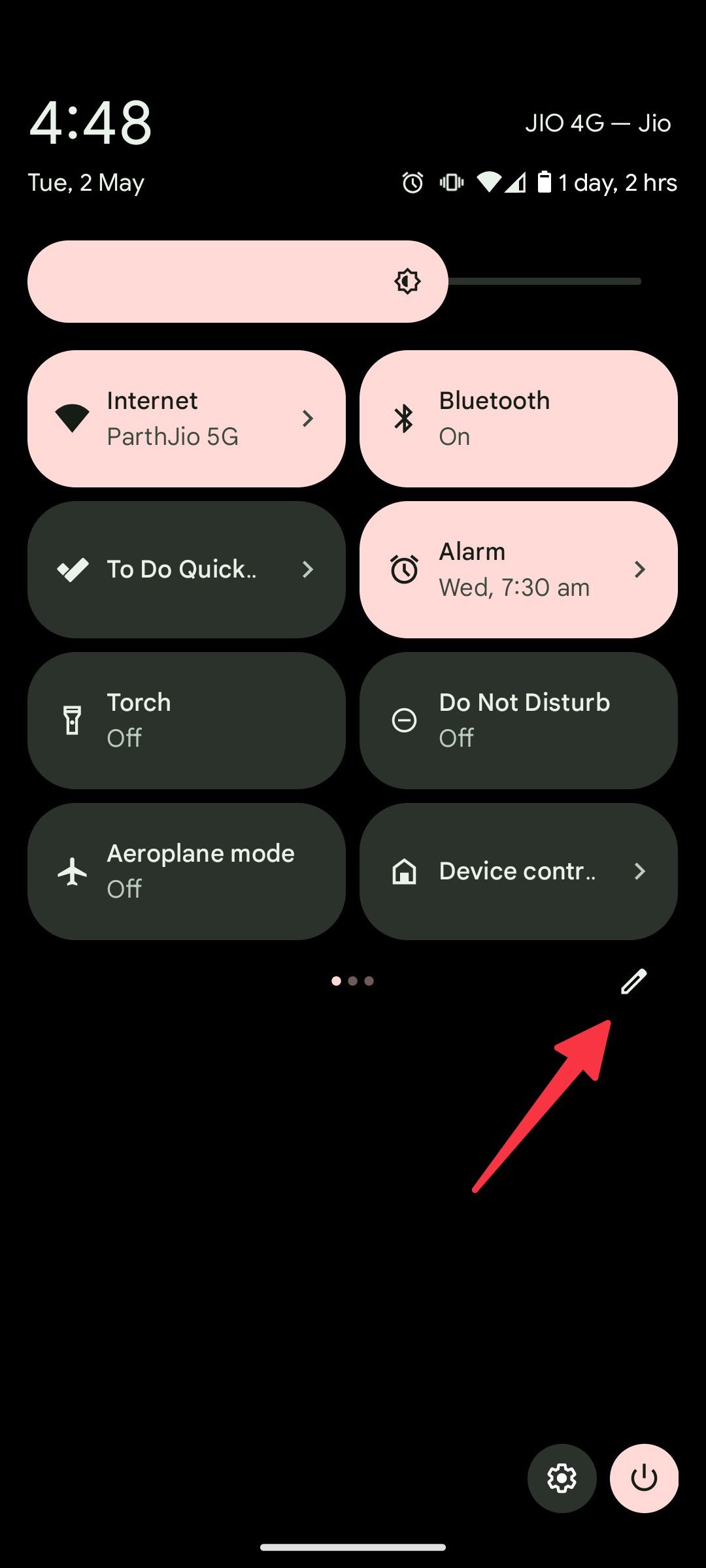
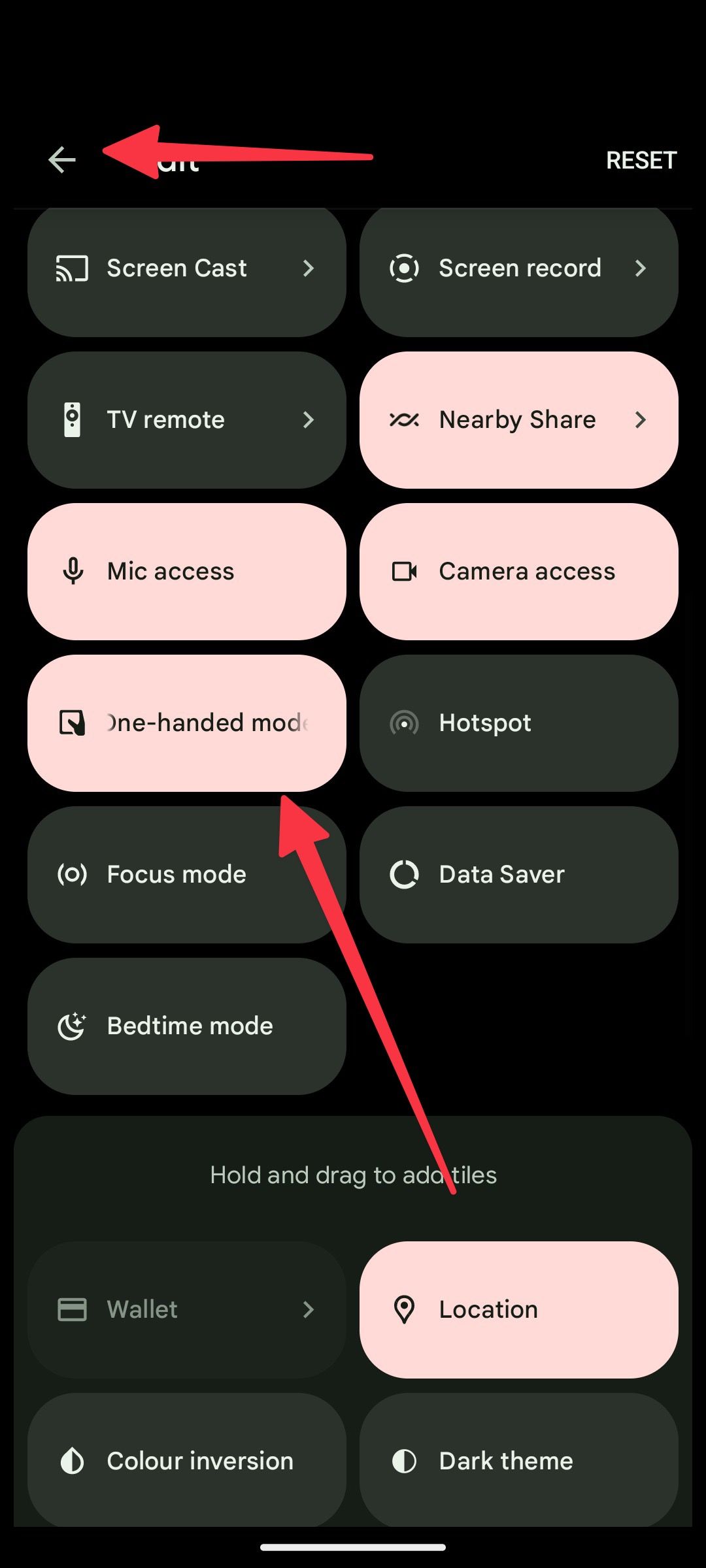
-
Tap the back arrow.
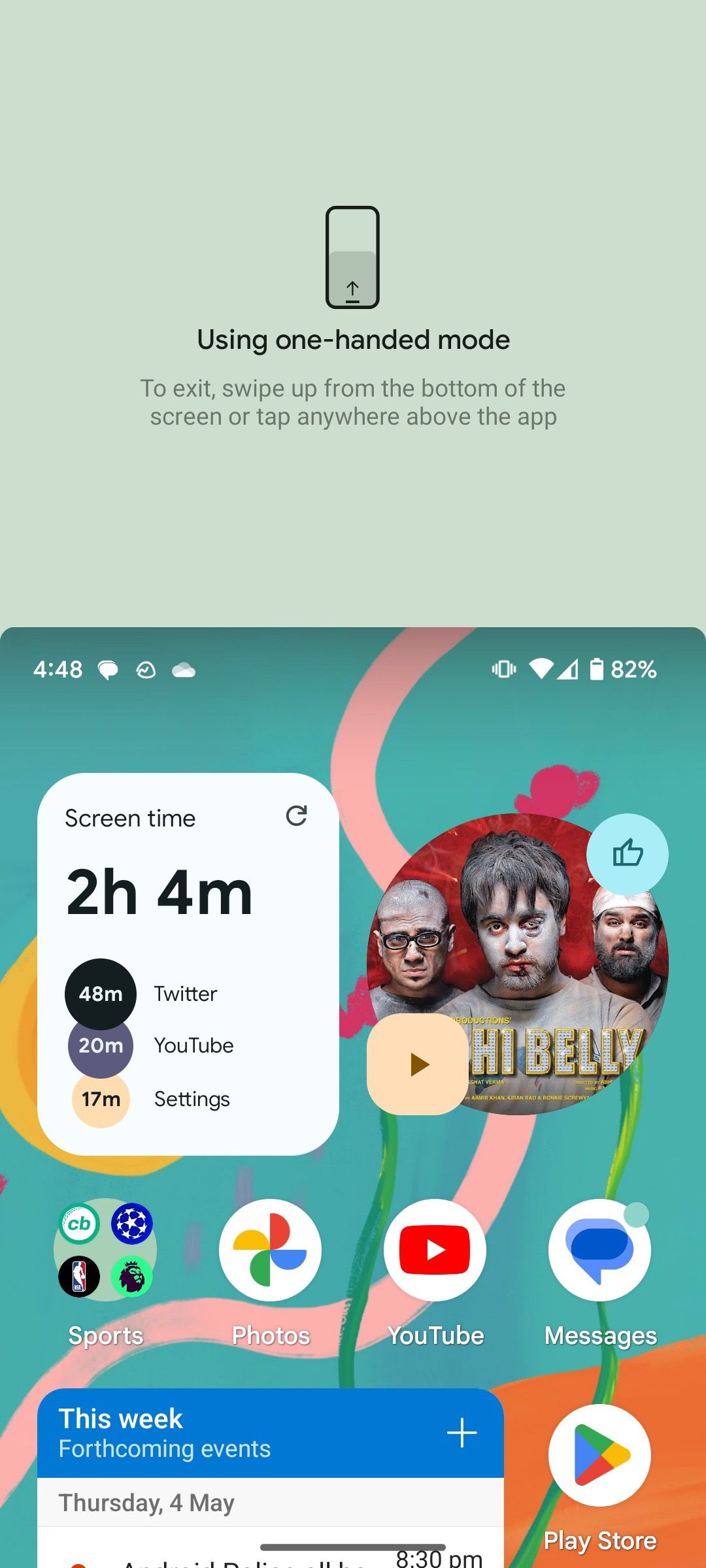
You can enable one-handed mode and swipe down on the gesture bar at the bottom to check it in action.
Check the vibrate mode in the status bar
Google removed the vibrate mode icon from the status bar in Android 12. With Android 13, you can enable and check an active vibrate mode from your Android phone's status bar.
- Open Settings and scroll to Sound and vibration.
-
Scroll down and enable the Always show icon when in vibrate mode toggle.
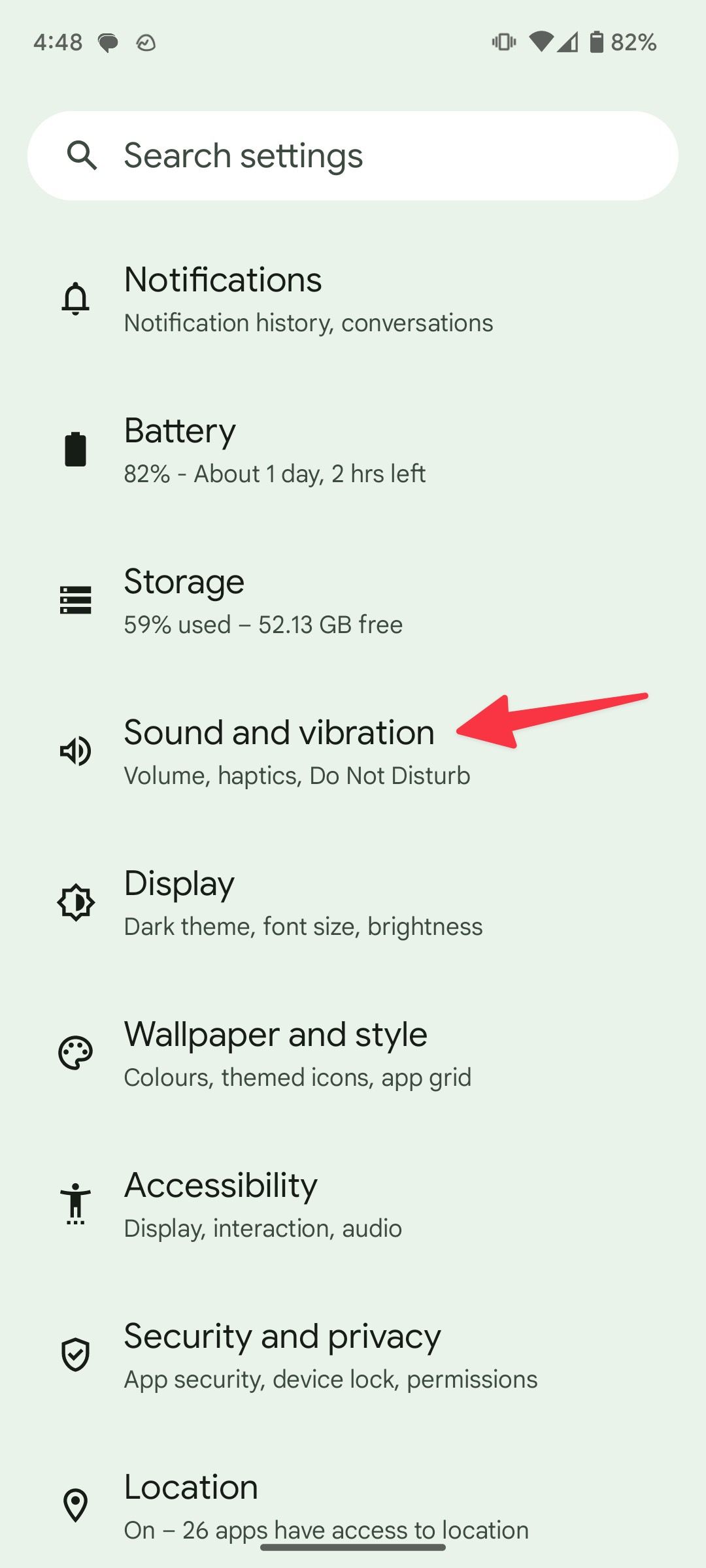
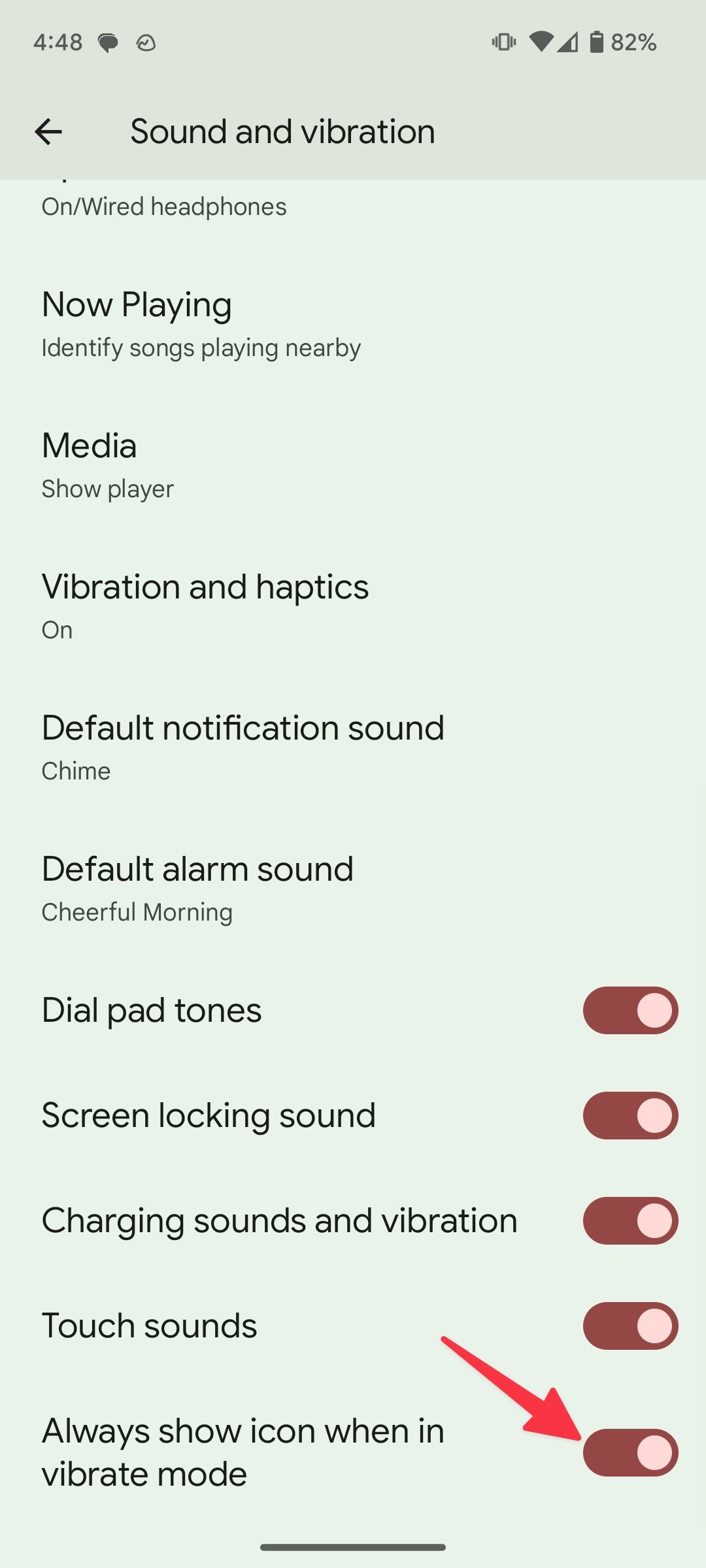
Get the best Android 13 experience possible
For the best Android 13 experience, pick up the Google Pixel 7 or Pixel 7 Pro. These were the first phones to ship with Android 13 out of the box and are the best way to experience Android 13 without any added extras.
-
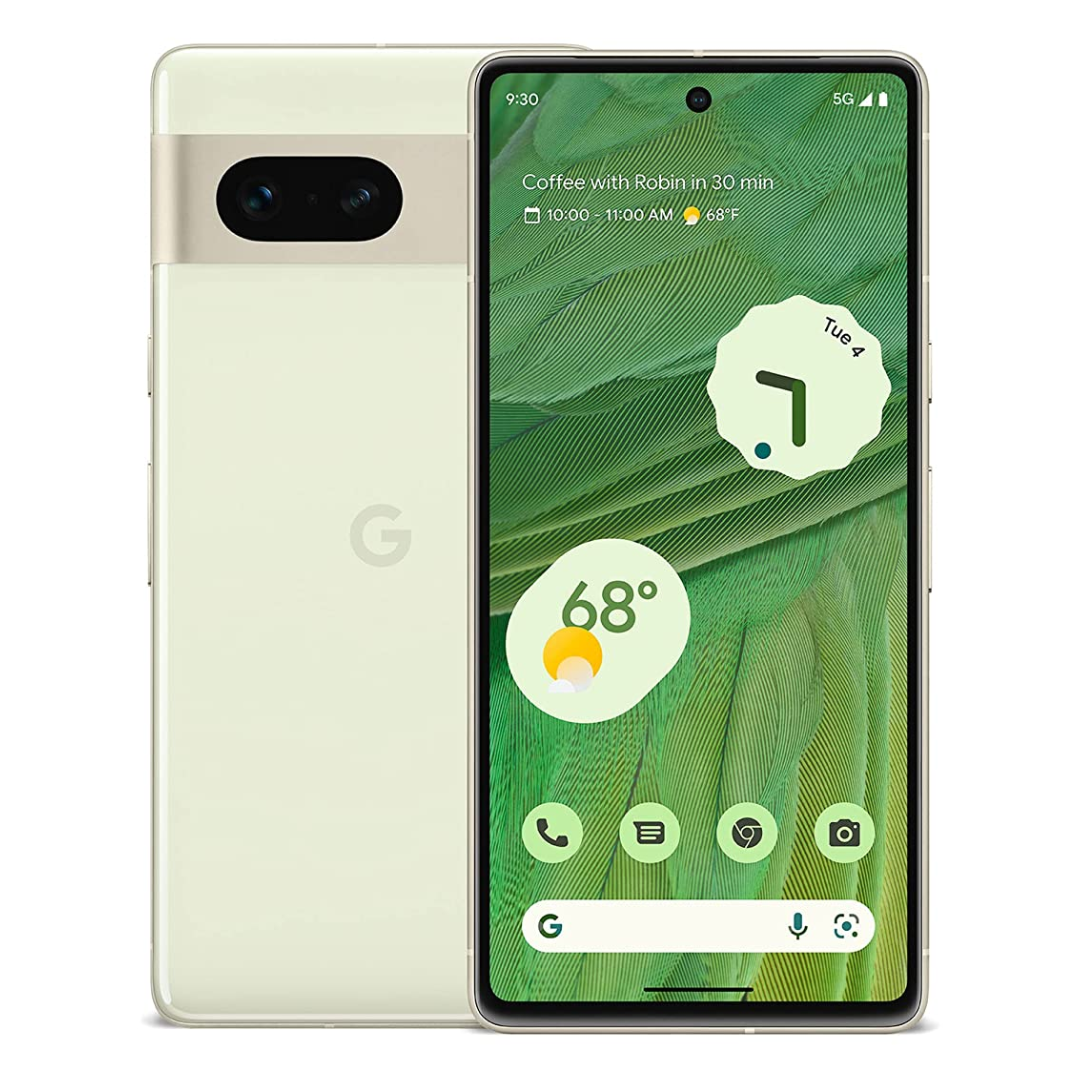
Google Pixel 7
Google did not reinvent the wheel with the Pixel 7, but there was no need to. With improved cameras, the next-gen Tensor G2 chipset, and Google's wonderfully feature-filled software, the Pixel 7 earns its price tag again this year.
-
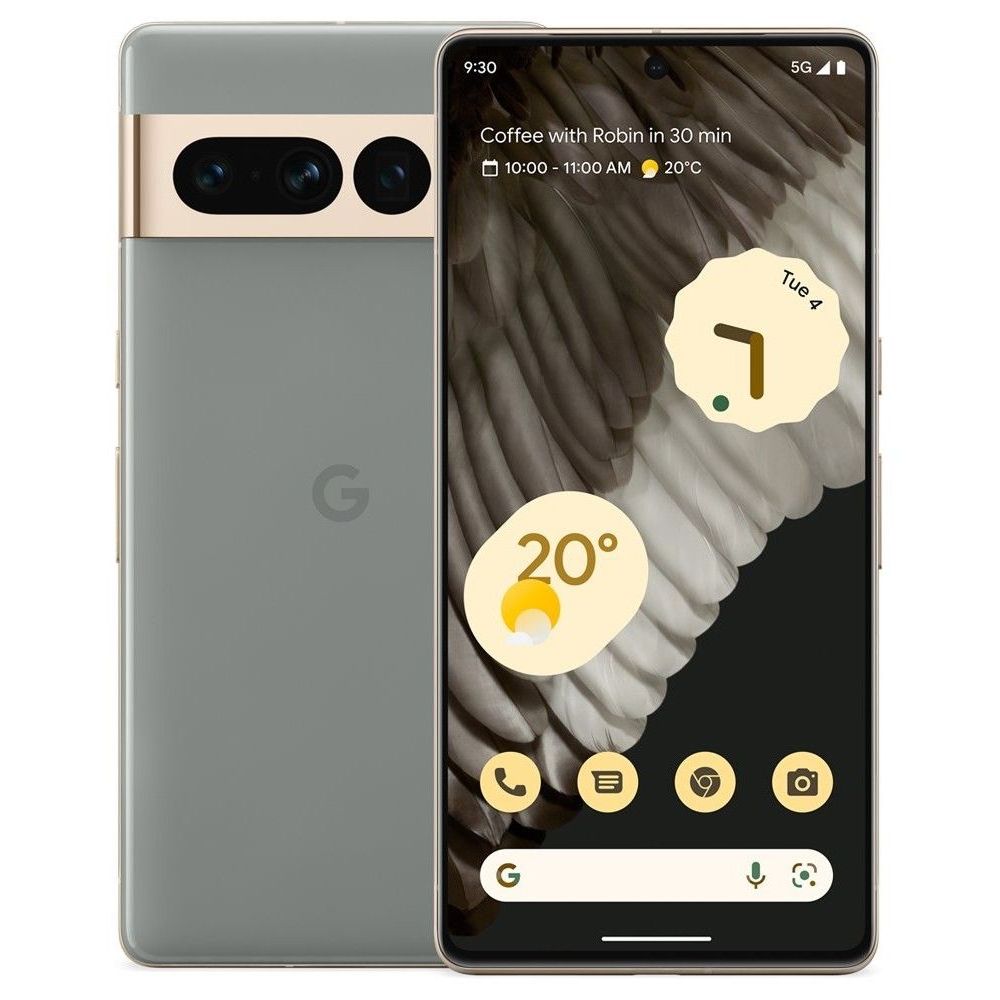
Google Pixel 7 Pro
Google's Pixel 7 Pro refines the Pixel experience after the 6 Pro's initial stumbles last year, improving stability and taking the camera prowess to new levels with image fusing and 4K60fps video on all cameras. 30W fast charging and Pixel's addictive features like automatic Call screening and Pixel recorder help make the Pixel 7 Pro an alluring phone even as an iterative update.

